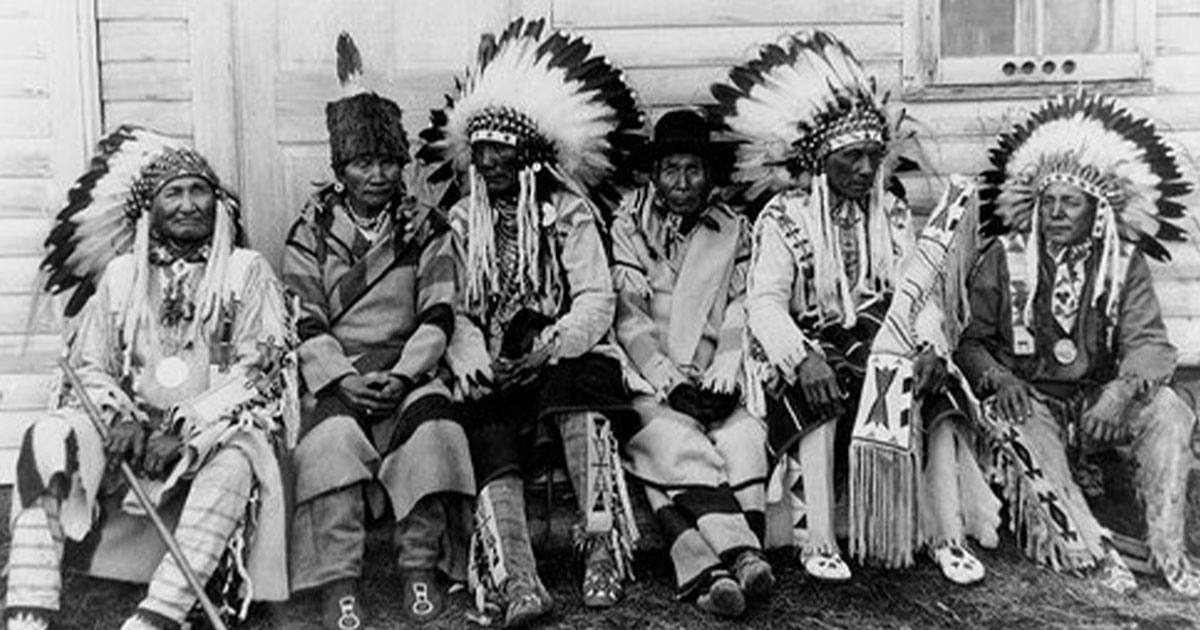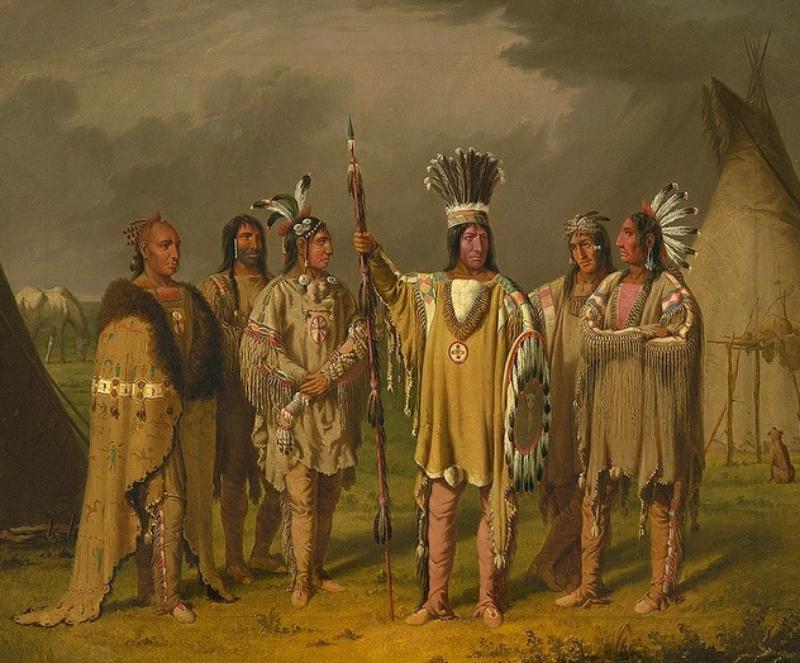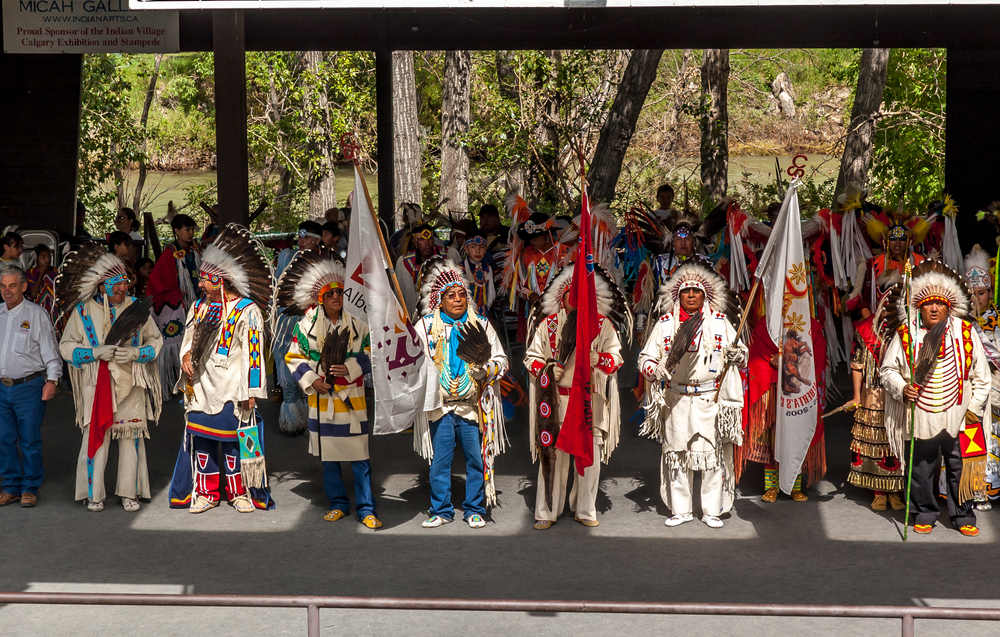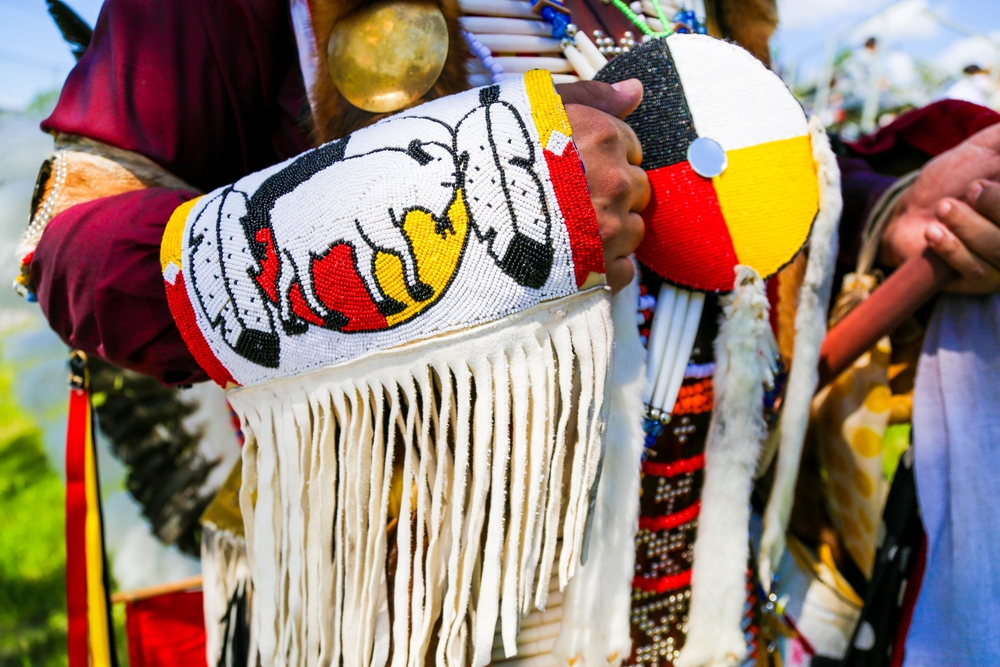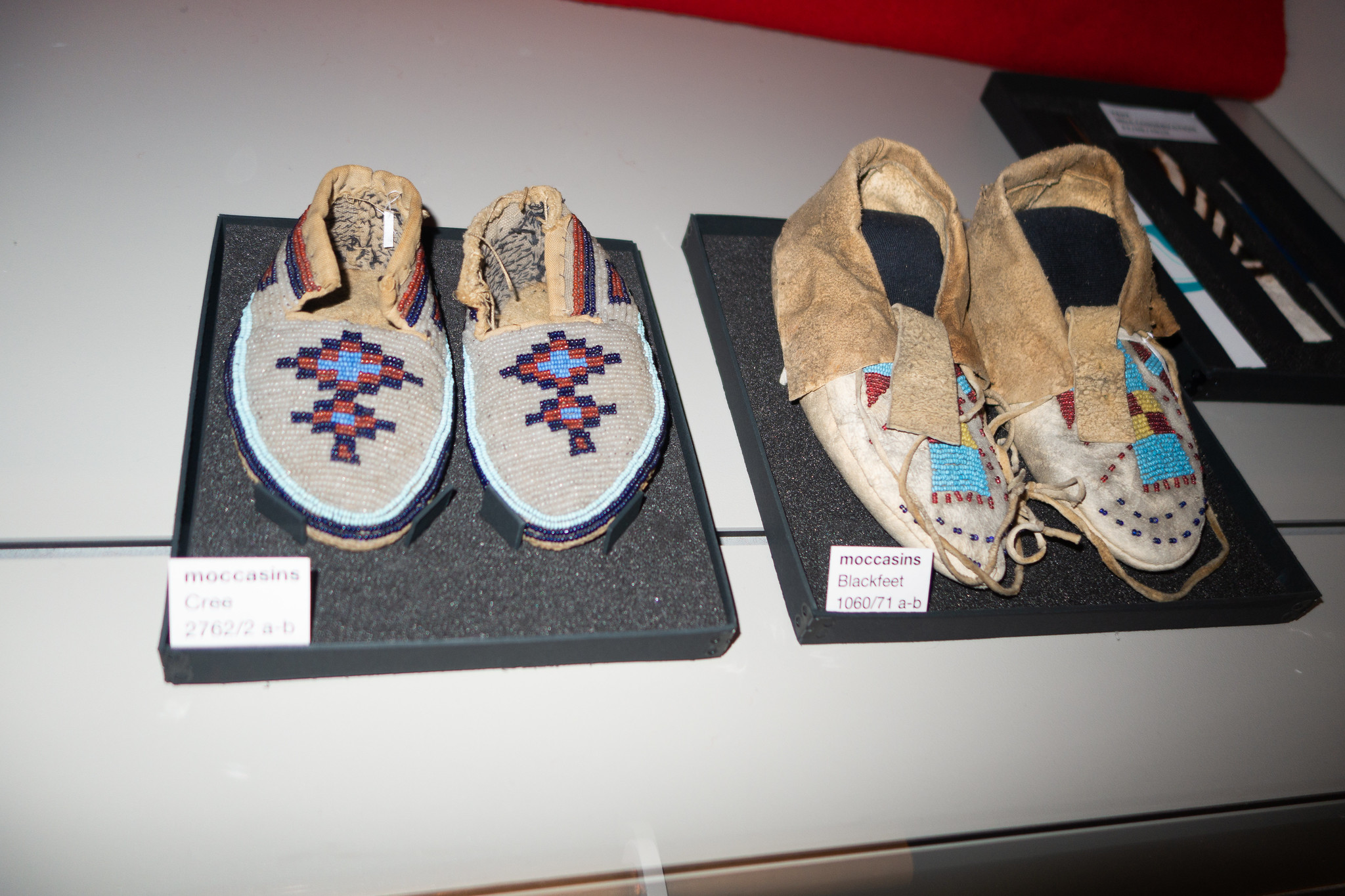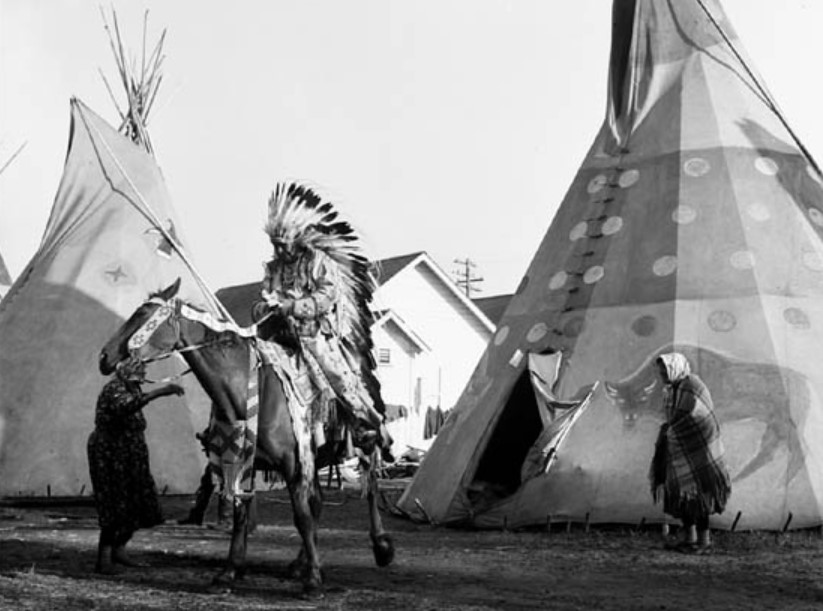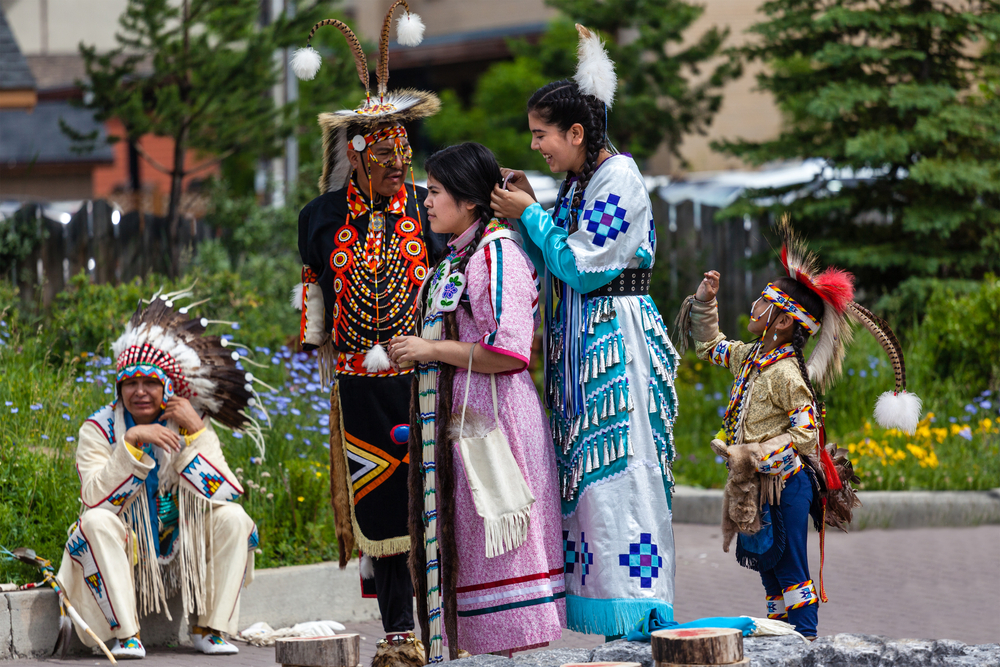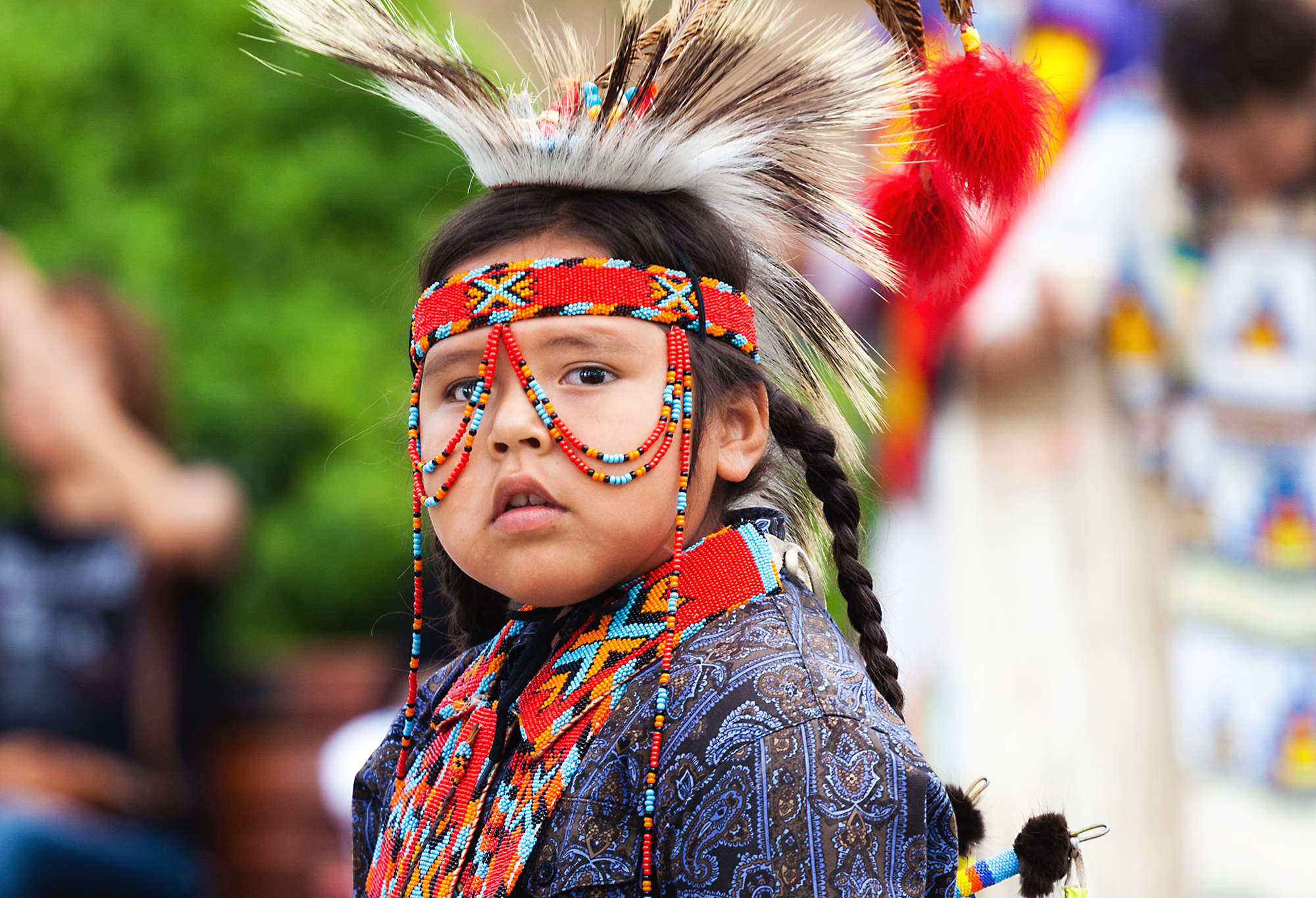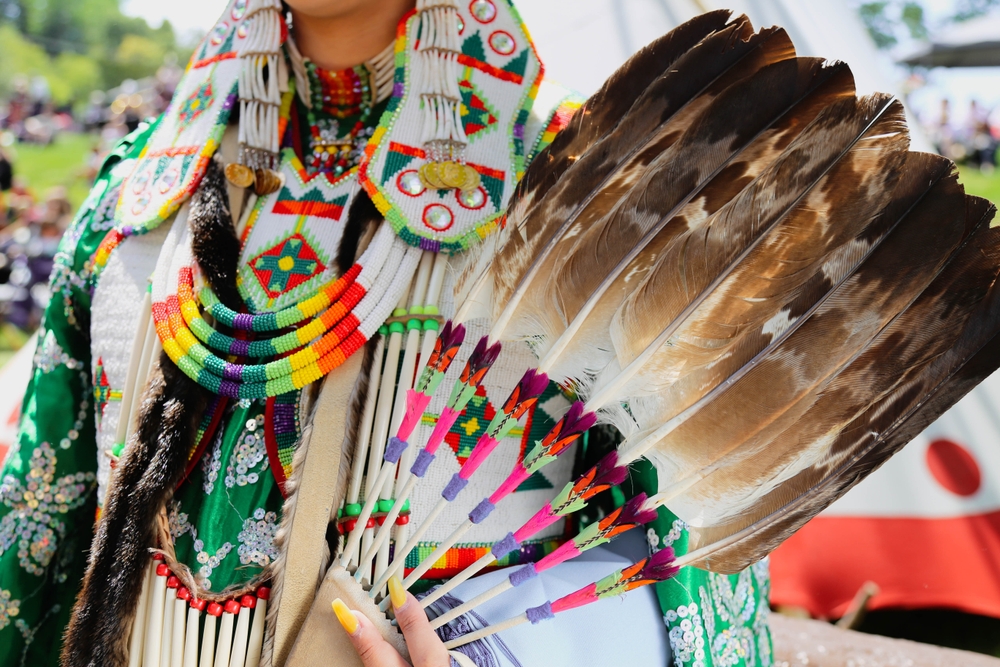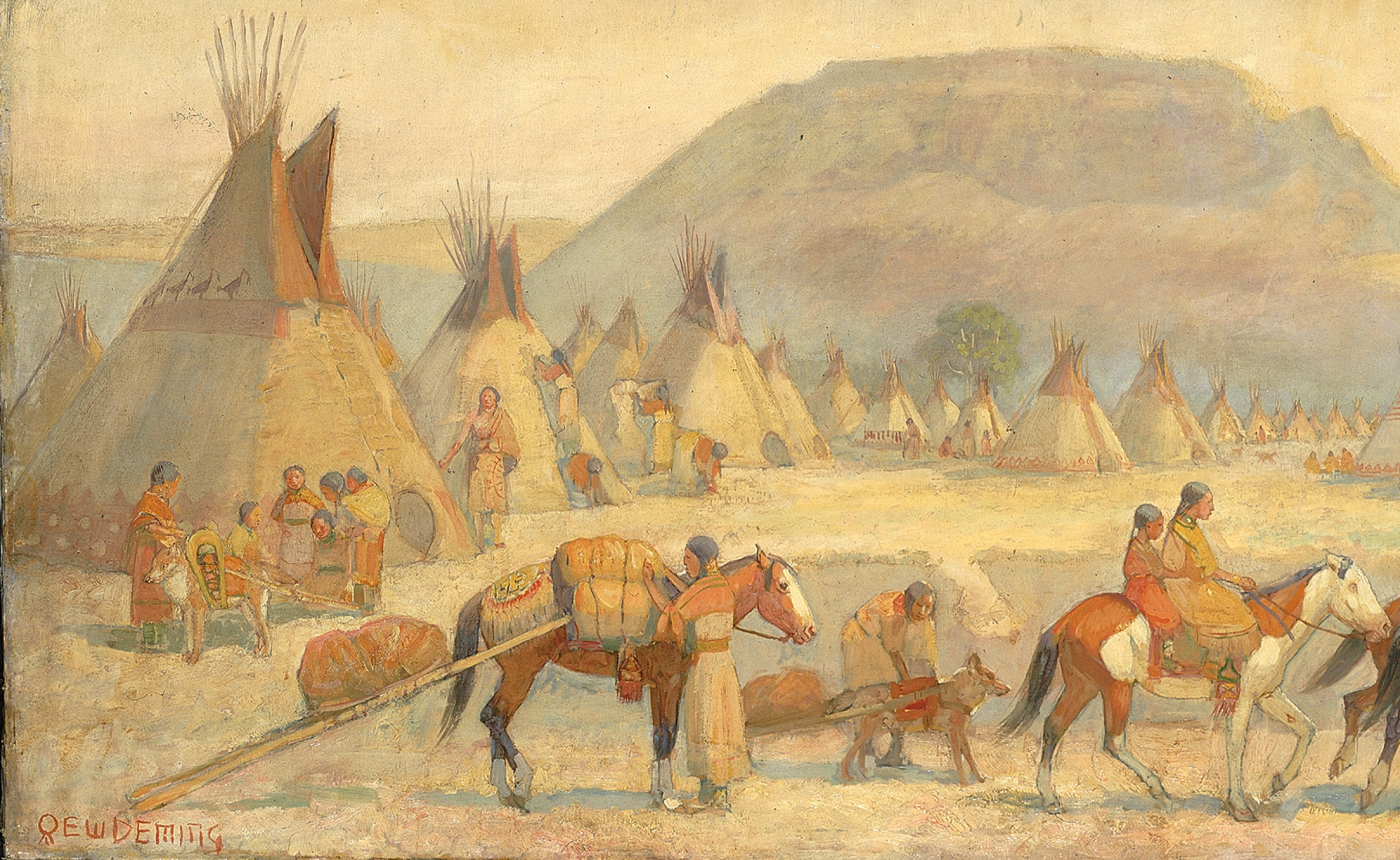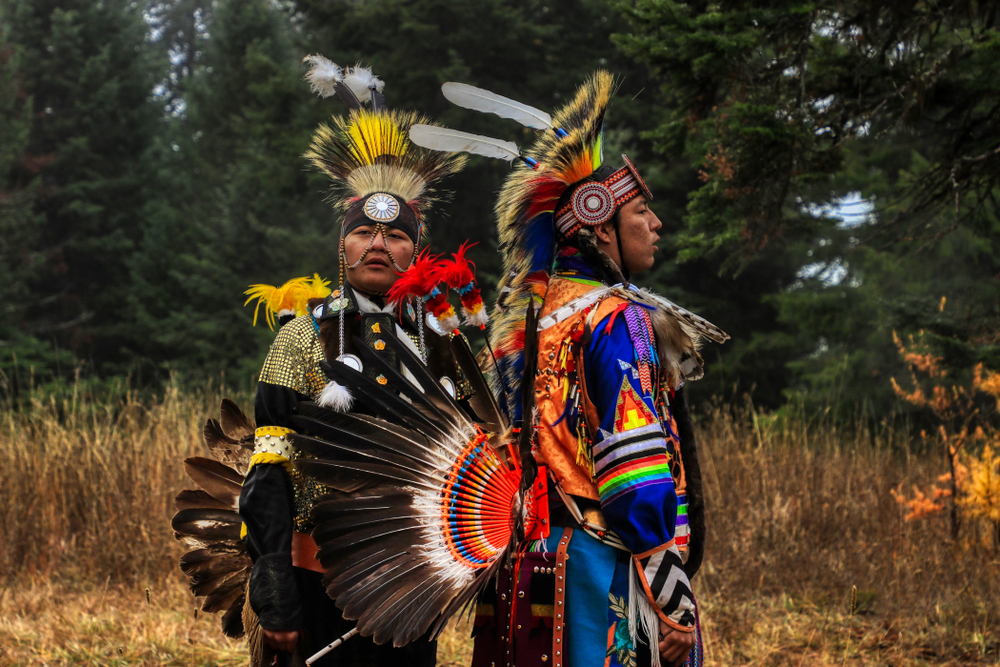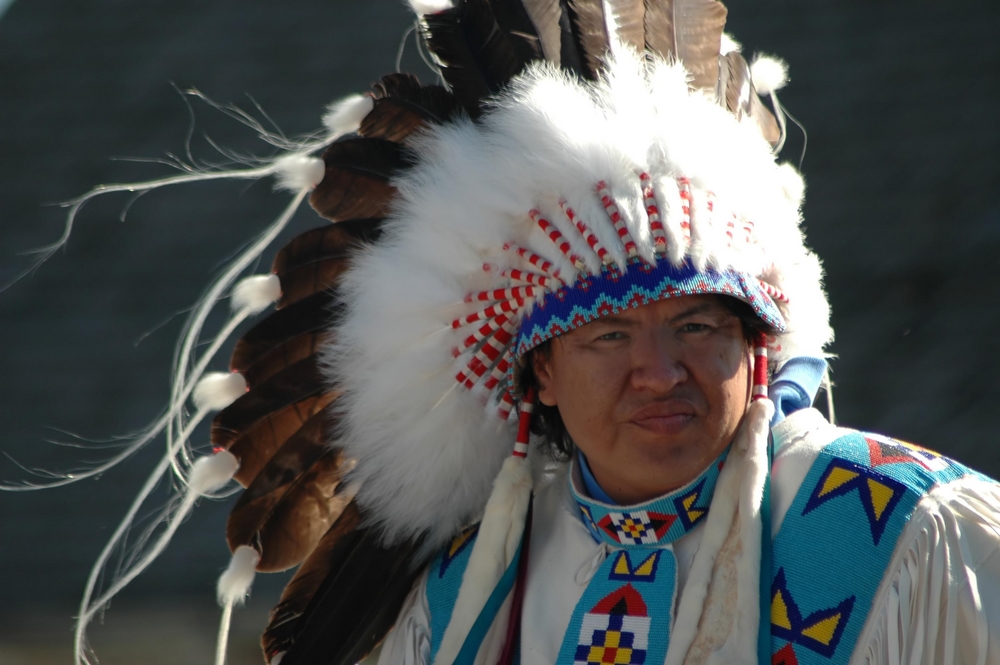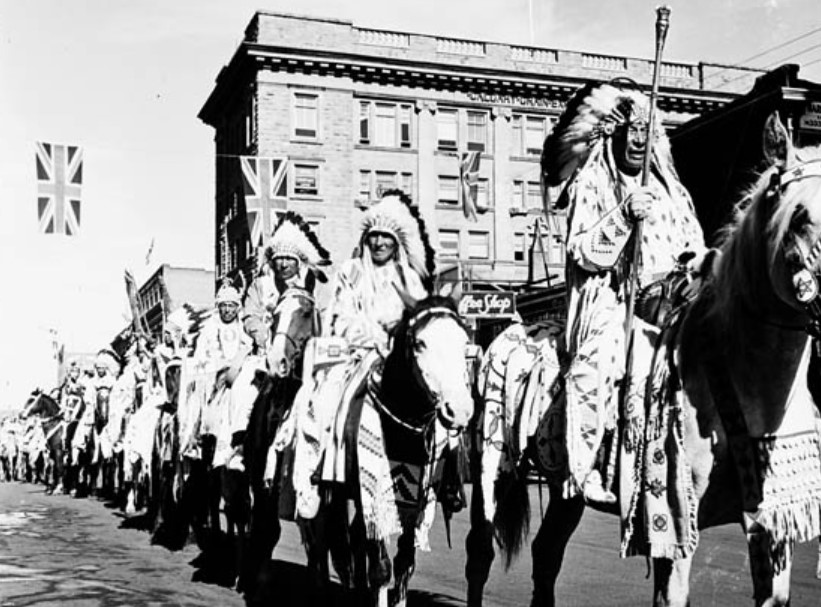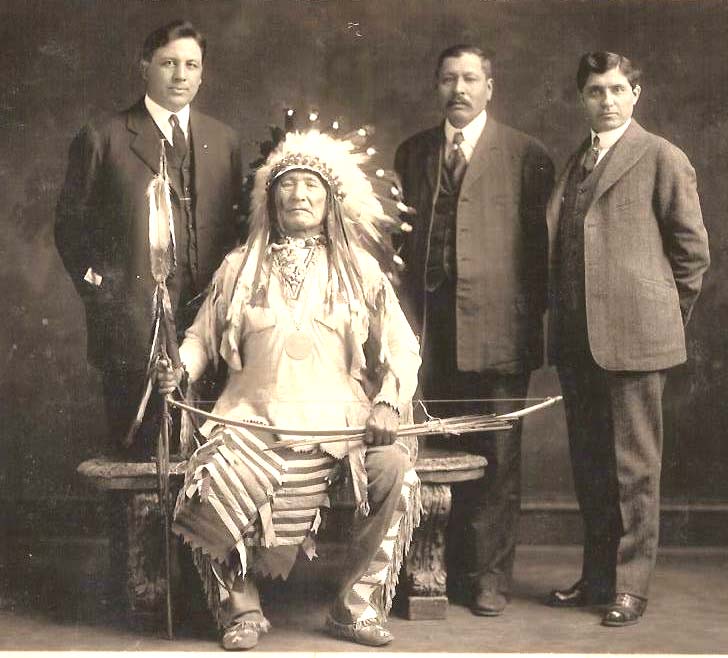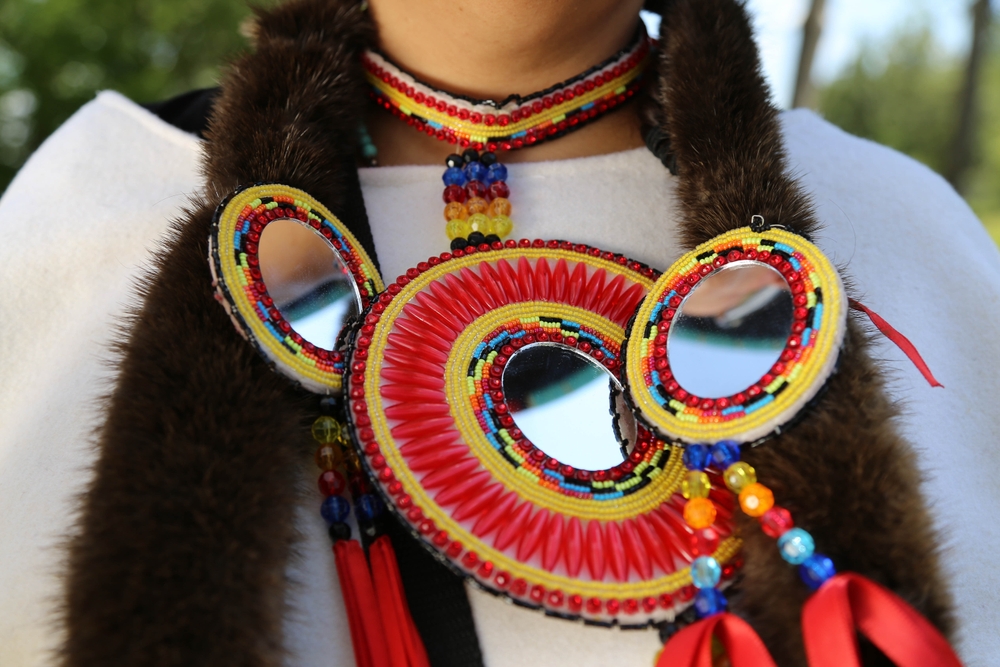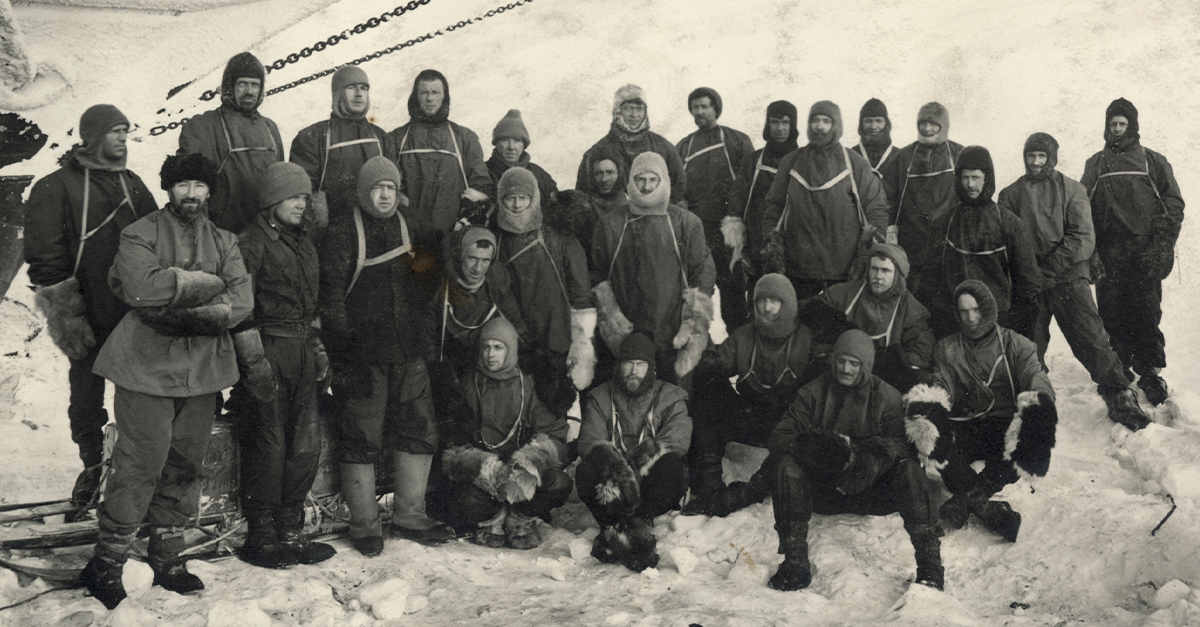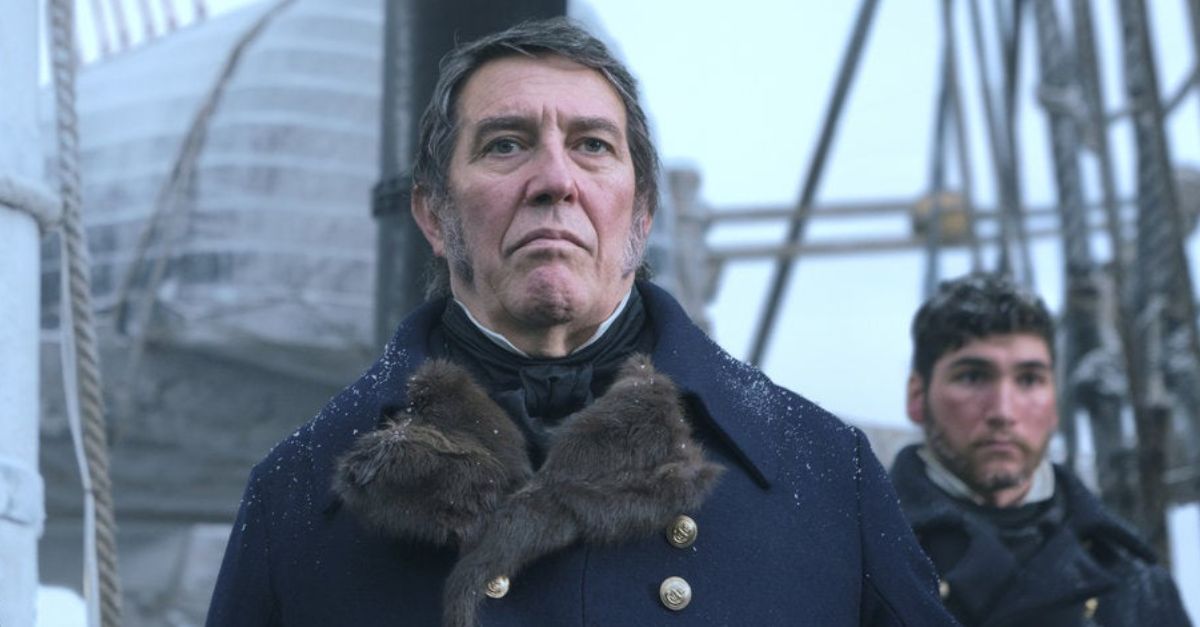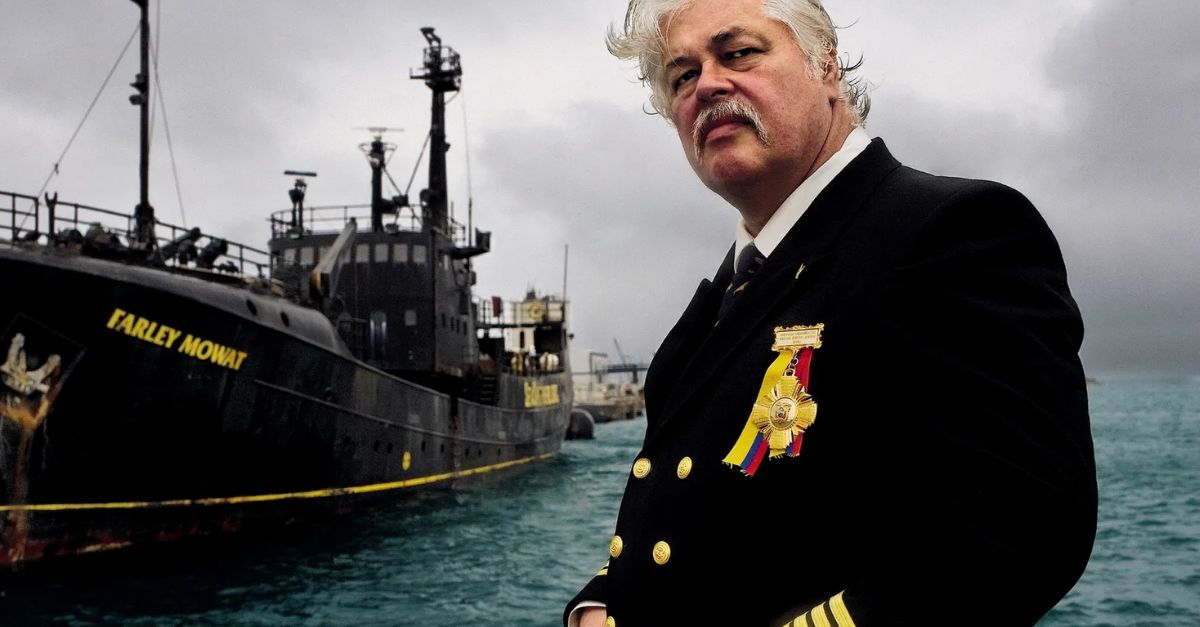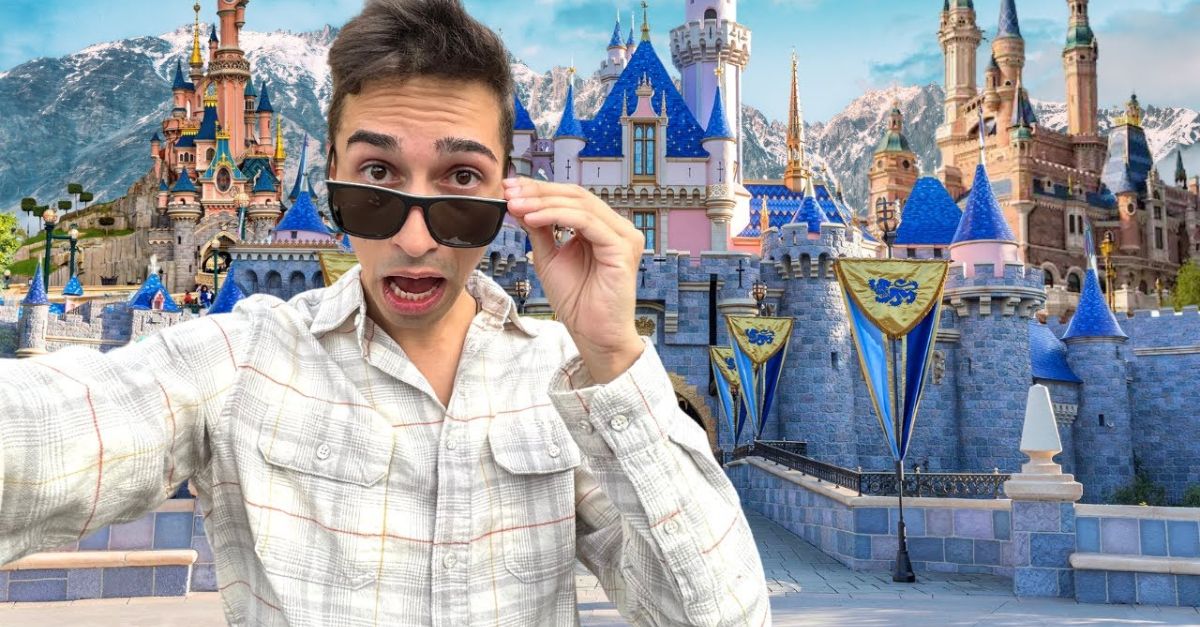Blackfoot Nation
The Blackfoot tribe once lived as nomads who thrived off following bison herds. But now, they struggle to preserve what is left of their traditional ways. Known as one of the strongest and most-aggressive tribes in North America, the Blackfoot earned their reputation as they tirelessly fought for rights to their land.
From intriguing cultural traditions to tragic massacres, let's learn who the Blackfoot people are and why they fight so hard for their land—even today.

Blackfoot Nation
The Blackfoot Nation, officially named the Blackfoot Tribe of the Blackfoot Indian Reservation of Montana, is a recognized tribe of Siksikaitsitapi people with an Indigenous reservation in Montana.
Location
The Blackfoot Indian Reservation is located east of Glacier National Park in Montana, and borders the Canadian province of Alberta.
The reservation is 3,000 square miles (7,800 km2)—which is twice the size of the national park and larger than the state of Delaware.
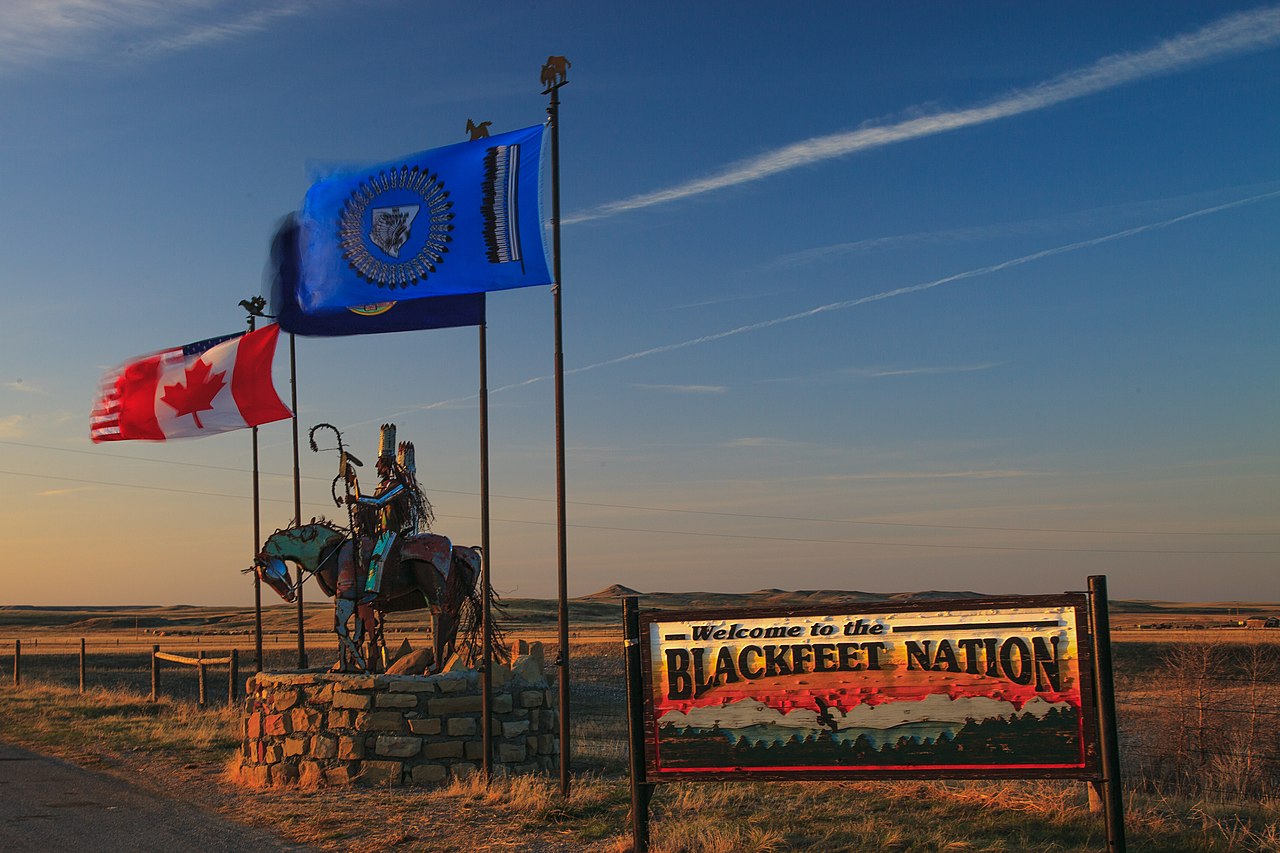 Murray Foubister, CC BY-SA 2.0, Wikimedia Commons
Murray Foubister, CC BY-SA 2.0, Wikimedia Commons
Tribes
The Blackfoot Nation is made up of four tribes: one Native American tribe in Montana and three First Nation tribes in Canada.
Tribal Bands
Tribal members now living on the Blackfoot Reservation are descendants of the Piegan band of the Blackfoot.
There are two other primary bands—the Bloods and the Northern Blackfoot—that live on the Canadian side.
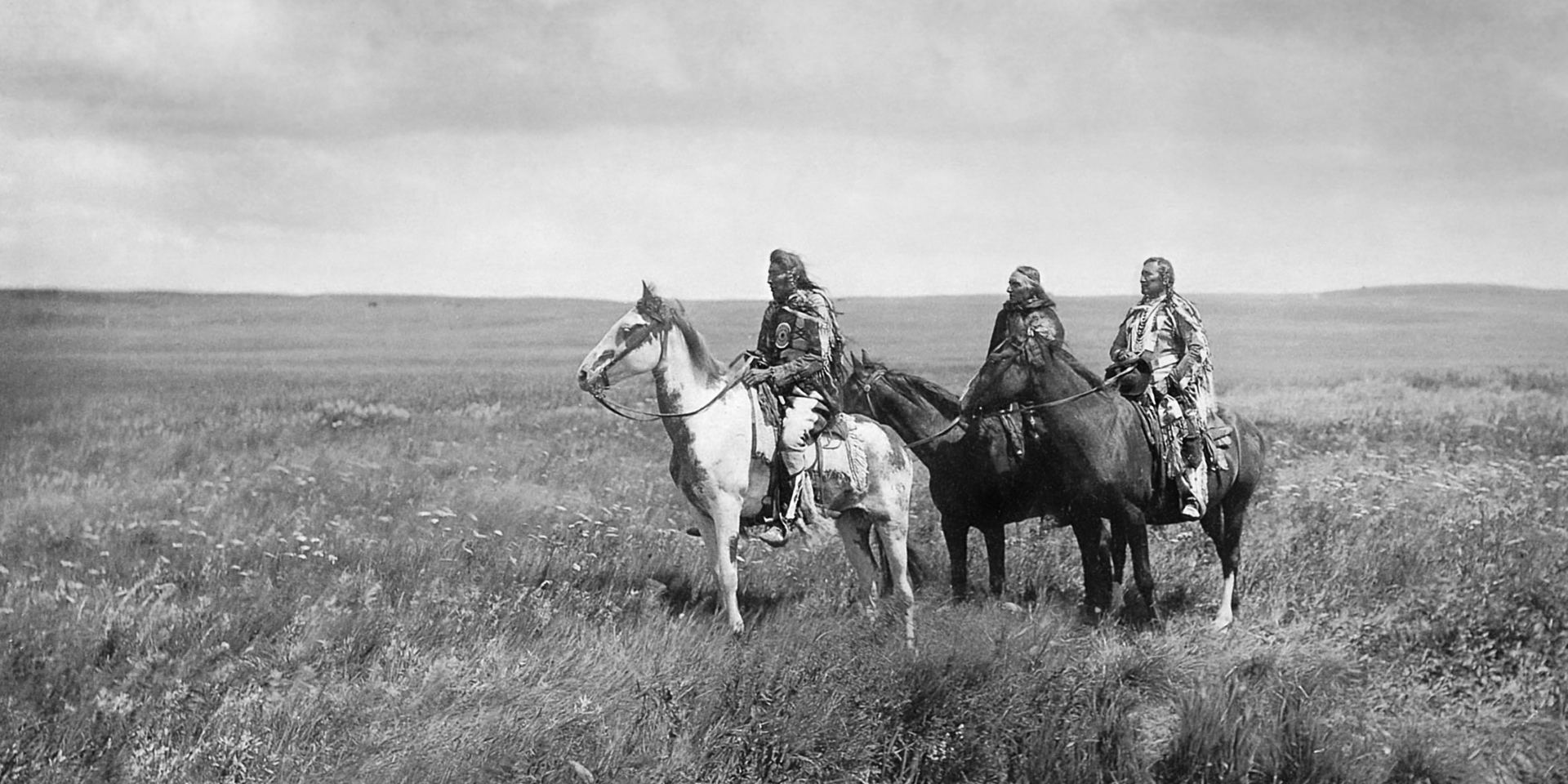 Edward S. Curtis, Wikimedia Commons
Edward S. Curtis, Wikimedia Commons
Climate
The main tribal territories sustained hot summers and cold winters.
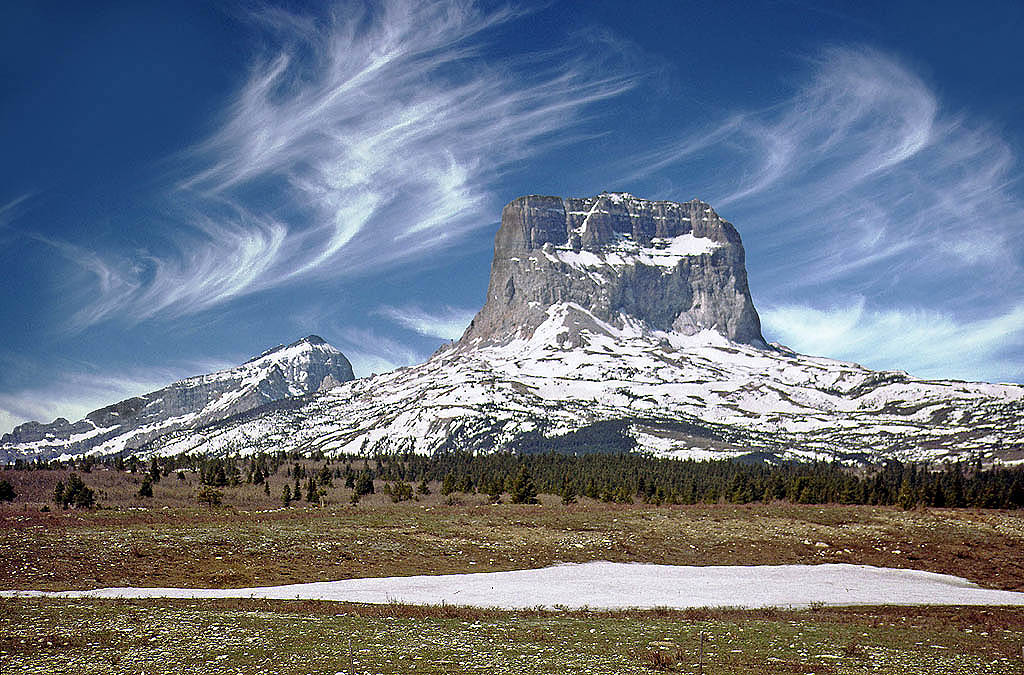 Astronautilus, CC BY 2.0, Wikimedia Commons
Astronautilus, CC BY 2.0, Wikimedia Commons
Lifestyle
The Blackfoot people lived a nomadic lifestyle, following large bison herds.
Their livelihood relied almost entirely on bison and they would use every part of the animal, not just the meat. For example, it's dung was used to make fuel, the bones for tools, and bison hides for clothing and shelter.
 Alfred Jacob Miller, Wikimedia Commons
Alfred Jacob Miller, Wikimedia Commons
Shelter
The Blackfoot people lived in tipis that were made out of wooden poles and animal hides. The design of the tipis made them easy to setup and take down when it was time to move.
They used buffalo hides for their beds and blankets.
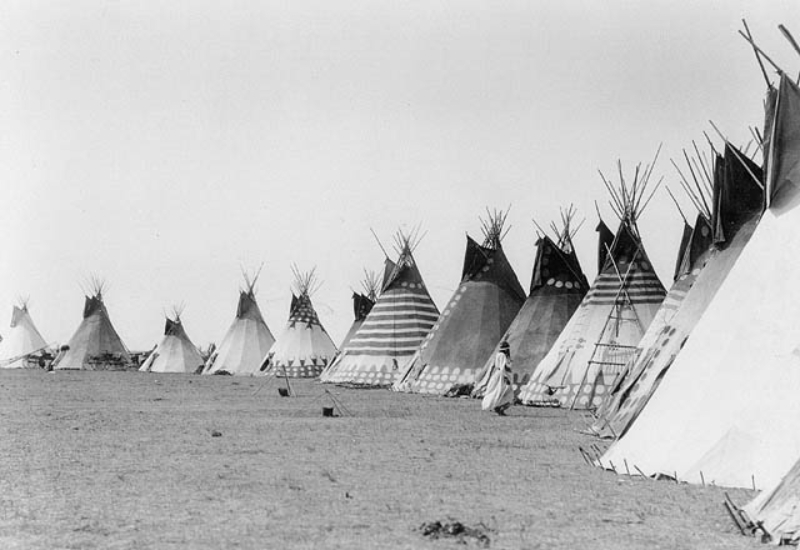 Arthur Rafton-Canning, Wikimedia Commons
Arthur Rafton-Canning, Wikimedia Commons
Shelter: Winter
In the winter, the Blackfoot added additional coverings and insulation to their tipis, made of grass, sticks and other materials found in the forested areas.
A small firepit was built in the center of the tipis, with a hole at the top to let out the smoke.
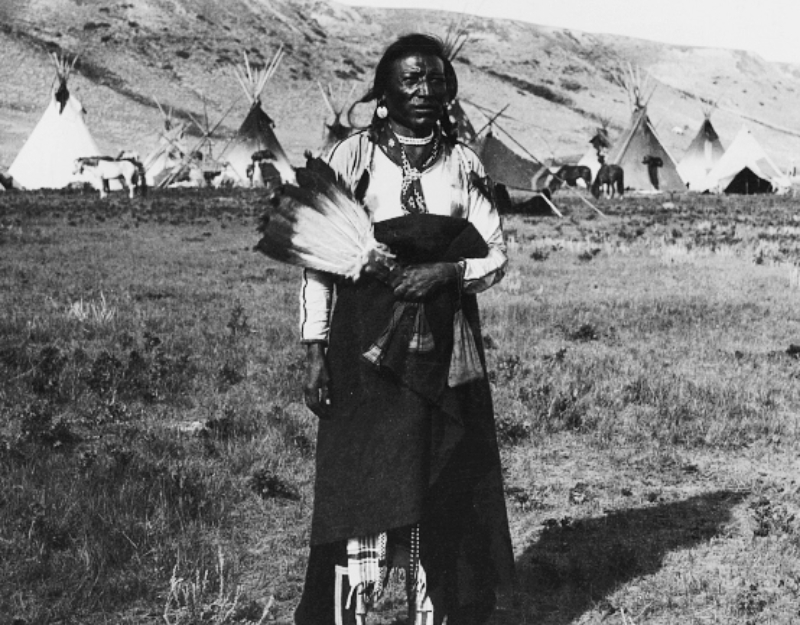 S. J. Thompson, Wikimedia Commons
S. J. Thompson, Wikimedia Commons
Typical Clothing
All of their clothing was made from skins of animals, primarily bison. The skins were sewn together using thread made from the sinews of deer.
Women often wore dress-style pieces that went down to their ankles. While men and boys typically wore a simple breech cloth.
In cold weather they wrapped themselves in tanned buffalo skin.
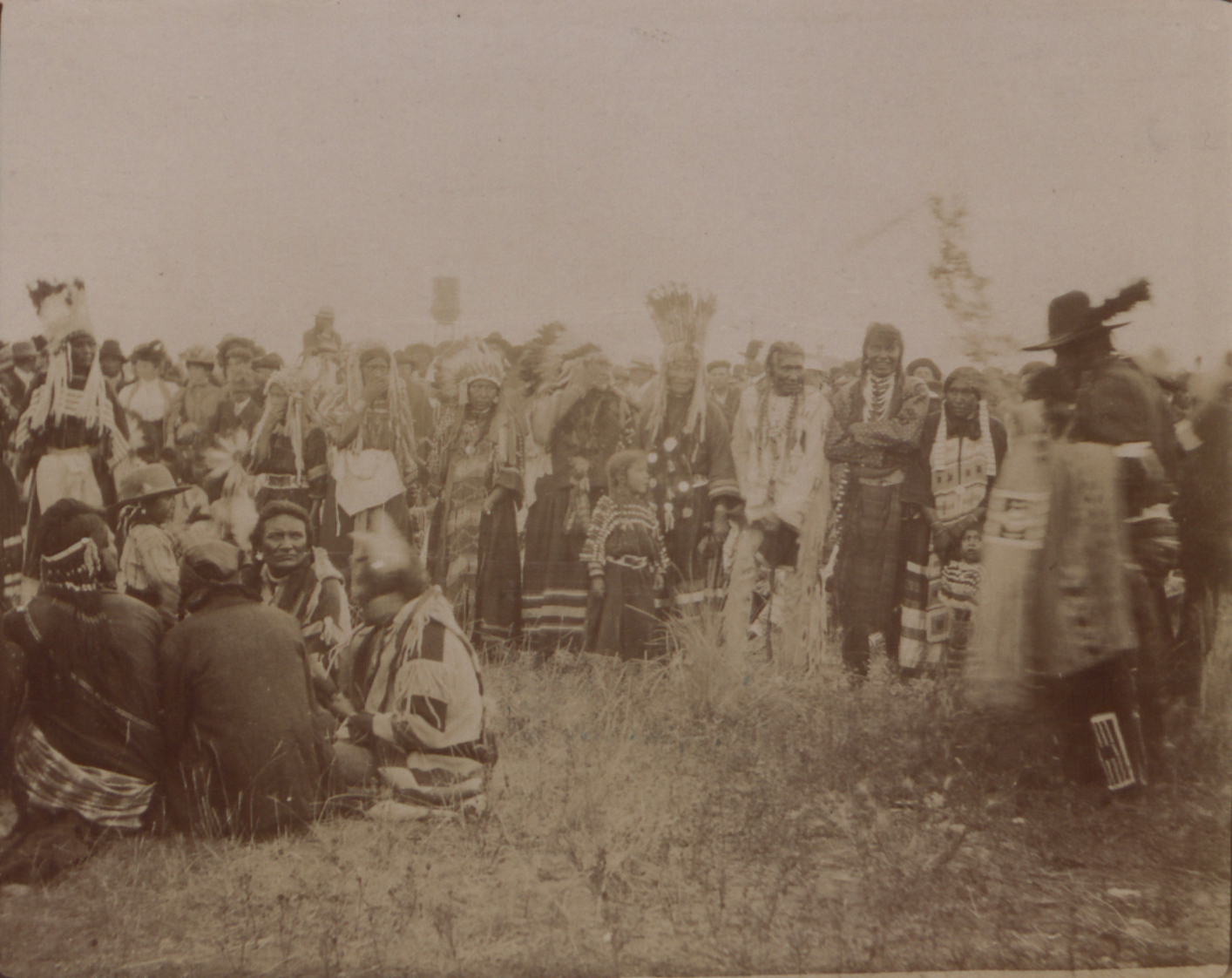 British Library, Wikimedia Commons
British Library, Wikimedia Commons
Traditional Clothing
During ceremonies and rituals, Blackfoot men wore fringed buckskin tunics that were decorated with beads and furs.
The war chiefs wore headdresses with feathers that leaned downwards.
Moccasins
Blackfoot men were known to wear moccasins with beaded soles. These were usually set aside for ceremonies. People sitting across from them could admire the beaded soles.
Moccasins with special beaded designs were referred to as burial moccasins.
Language
The Blackfoot language is called Siksiká, and it is an Algonquian language that is traditionally spoken by Indigenous North Americans.
Dialects can change slightly between groups.
 Great Northern Railway, Wikimedia Commons
Great Northern Railway, Wikimedia Commons
Food
While Blackfoot life revolved around the bison, that wasn't all they ate. They hunted other animals like deer, elk and rabbits. Meat was very important and it's been said that the men could eat up to five pounds of it in one day.
The women gathered berries and roots, and during winter months they mixed meat, berries and fat to make pemmican.
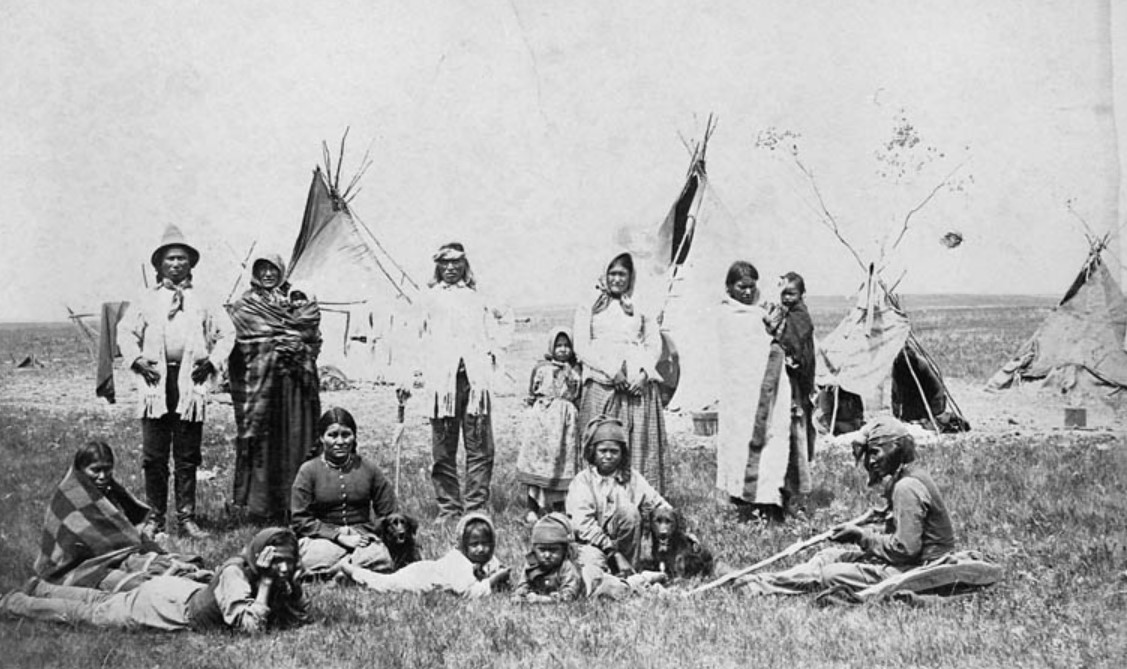 Unknown Author, Wikimedia Commons
Unknown Author, Wikimedia Commons
Marriage
Most marriages within the Blackfoot community were monogamous, but polygyny was practiced and preferred by the wealthier men.
Marital and other familial relationships had strict rules, including mother-in-law avoidance, age-grading, and using formal speech among elders.
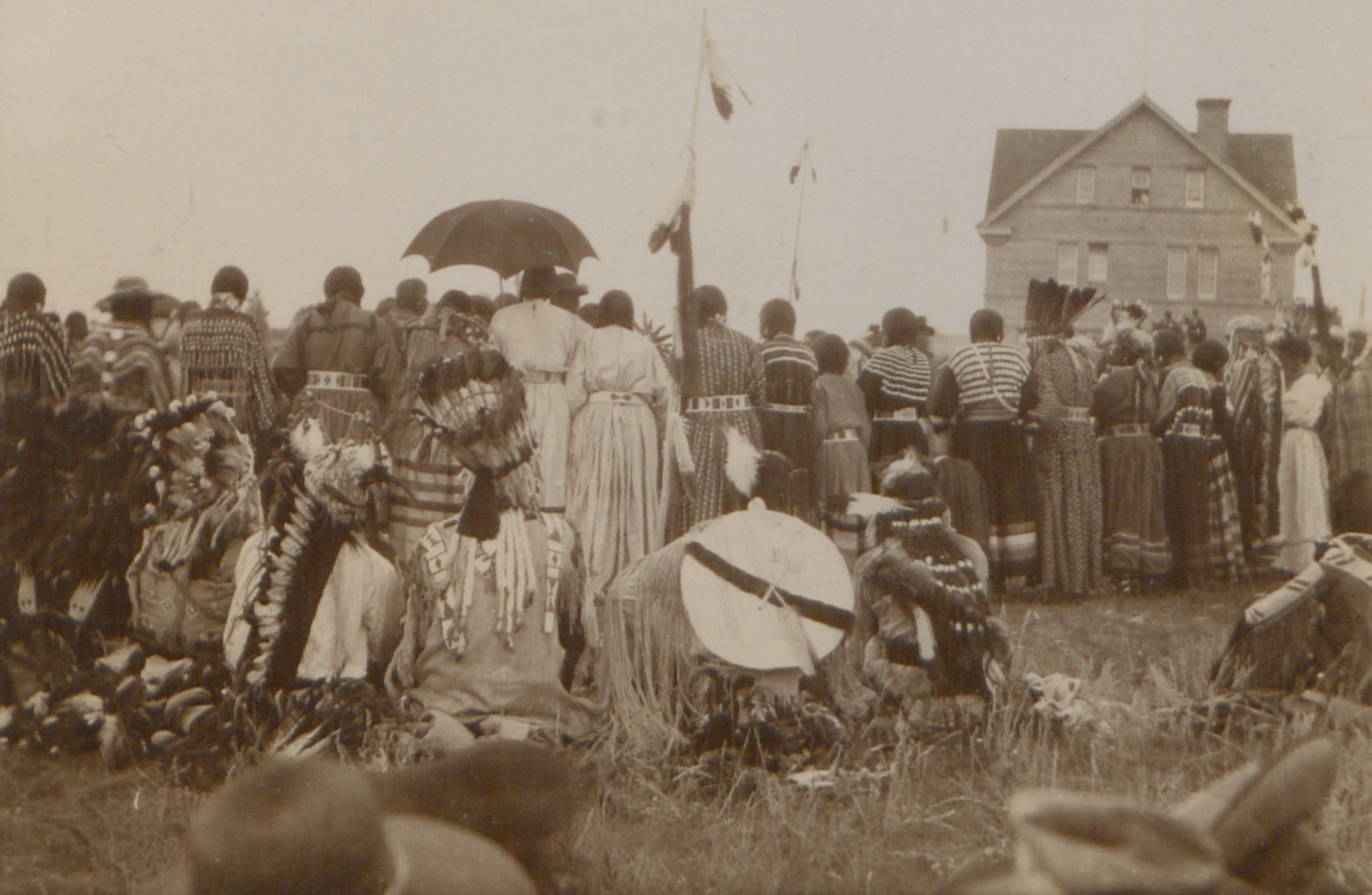 British Library, Wikimedia Commons
British Library, Wikimedia Commons
Marriage: Consequences
The consequences of a marital dispute could be brutal.
Husbands were known to be possessive of their wives, and if a woman was suspected of adultery in any sense, she would be beaten, mutilated, or even slain.
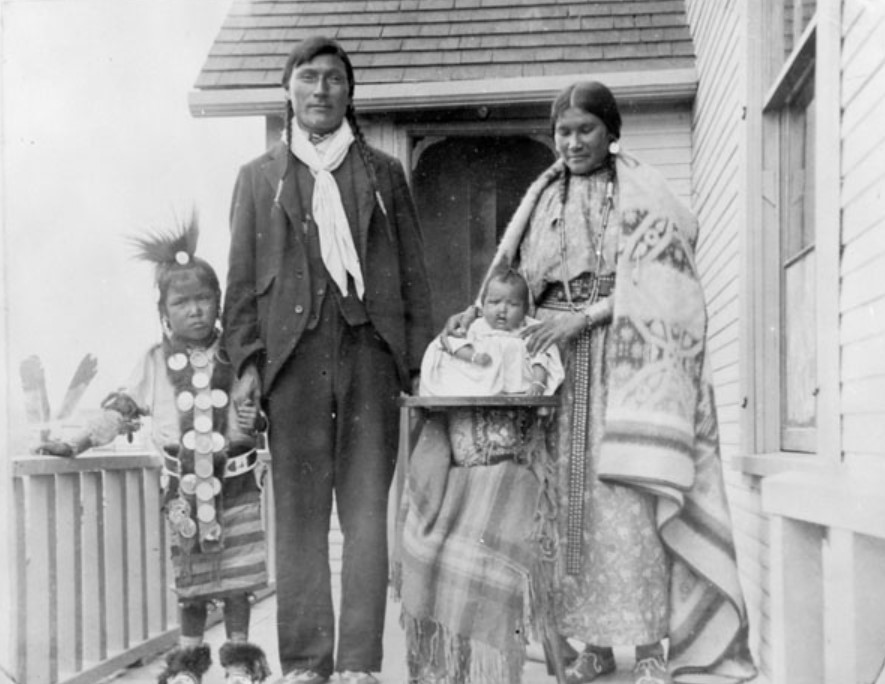 Unknown Author, Wikimedia Commons
Unknown Author, Wikimedia Commons
Inheritance
Traditionally, men would leave their property to a relative through a verbal will. Horses were the most valuable property and were left to the man’s oldest brother.
In the past, women did not inherit much, but today they receive a more equitable share.
Family Structure
Households were made up of large groups of related families. Given the scarcity of resources, families lived closely together to rely on each other for basic living needs.
Today, independent households only exist for those with financial security.
Gender Roles
As with most traditional tribes, men were in charge of hunting for food and protecting the camp and the women were in charge of the home.
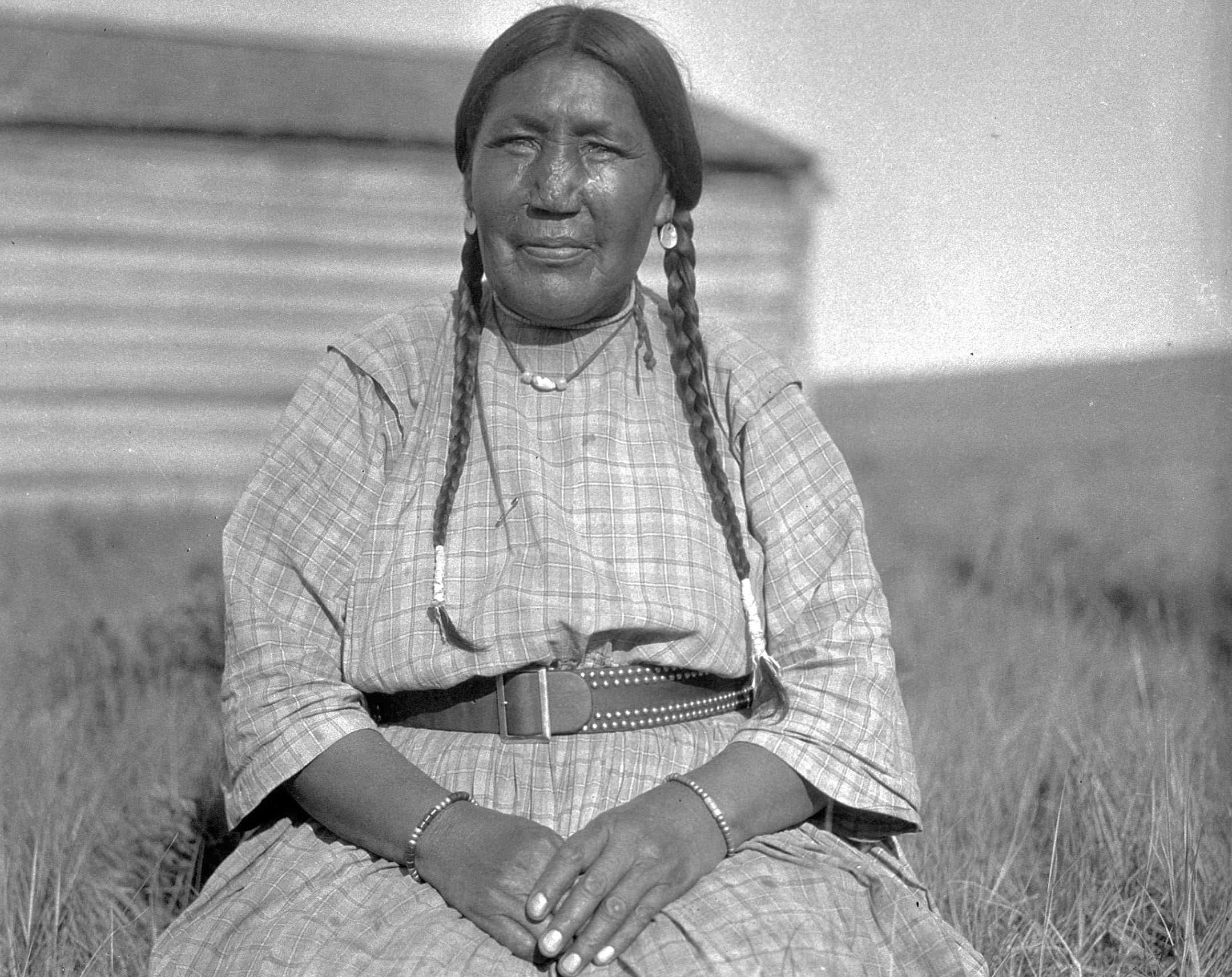 Provincial Archives of Alberta, Wikimedia Commons
Provincial Archives of Alberta, Wikimedia Commons
Gender Roles: Hunting
While the men were out hunting, the women were expected to follow them, moving camp as they went. The women were also responsible for processing the bison for food and hides.
It took two full days to tan a single bison hide, but could take longer during dark winters. A woman could usually tan about 25 hides in a season.
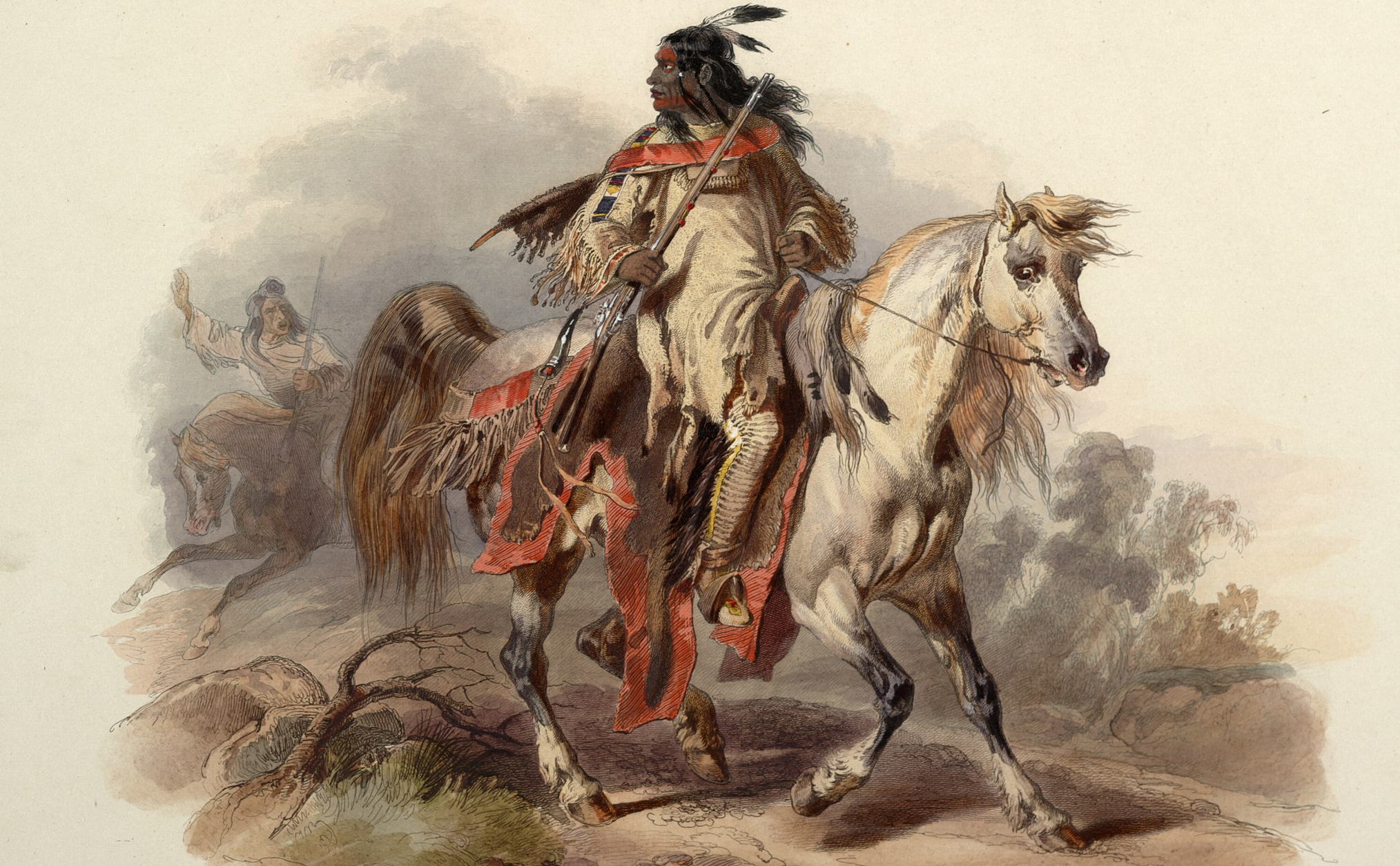 Karl Bodmer, Wikimedia Commons
Karl Bodmer, Wikimedia Commons
A Balance of Power
Although it may seem like women did the grunt work, there is more that meets the eye.
Women actually owned their home and were subservient to no one. It was tradition for women to sit beside their husbands, not behind or away from them.
There was a balance of power between men and women.
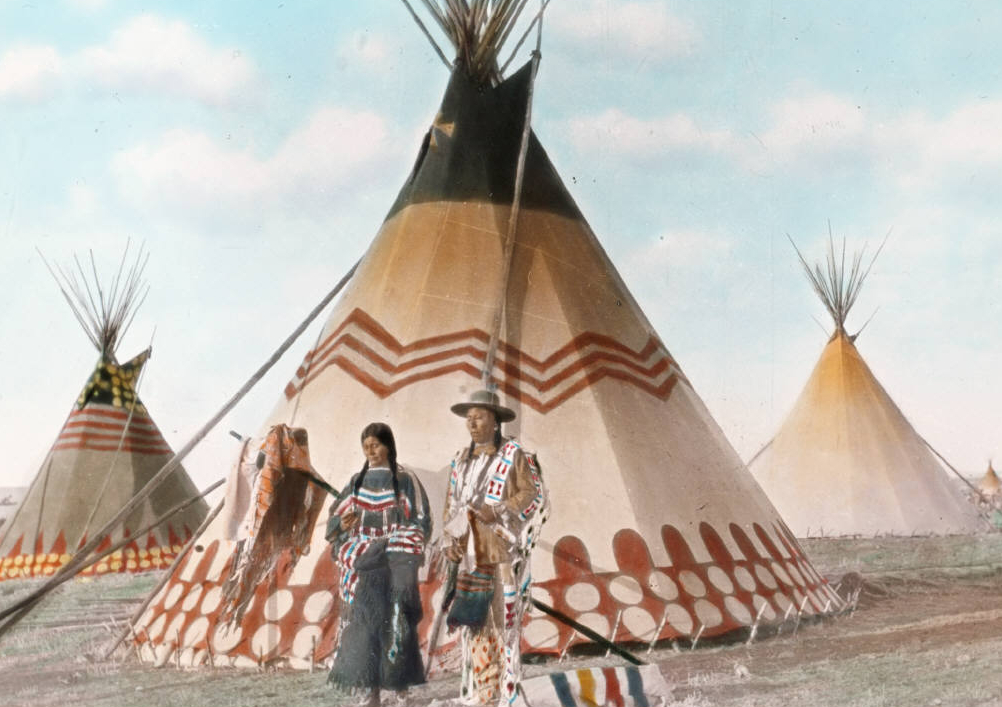 Beinecke Library, CC BY 2.0, Wikimedia Commons
Beinecke Library, CC BY 2.0, Wikimedia Commons
Famous Blackfoot Woman
Women were often judged by their skills and abilities. One of the most famous Blackfoot women was Running Eagle (or Pi’tamaka), also known as “Brown Weasel Woman.”
She was born into the Piikáni Piegan Tribe of the Blackfoot Nation.
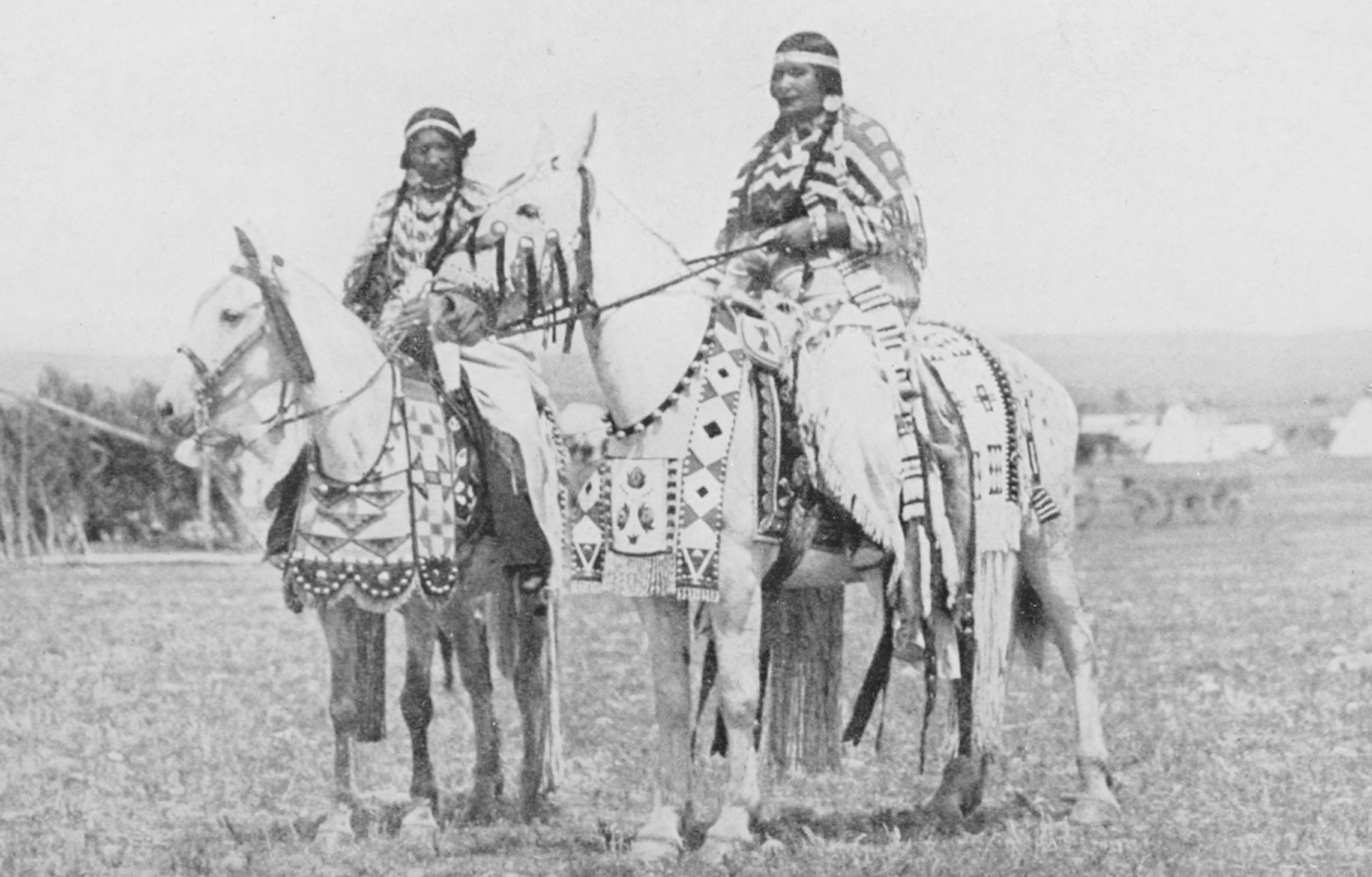 Clark Wissler, Wikimedia Commons
Clark Wissler, Wikimedia Commons
Running Eagle
Running Eagle’s father was a highly respected warrior, and he secretly taught her how to hunt and fight. She eventually became a war chief herself, and was known for her success in battle.
Today, the Pitamakan Lake in Glacier National Park, Montana is named after her.
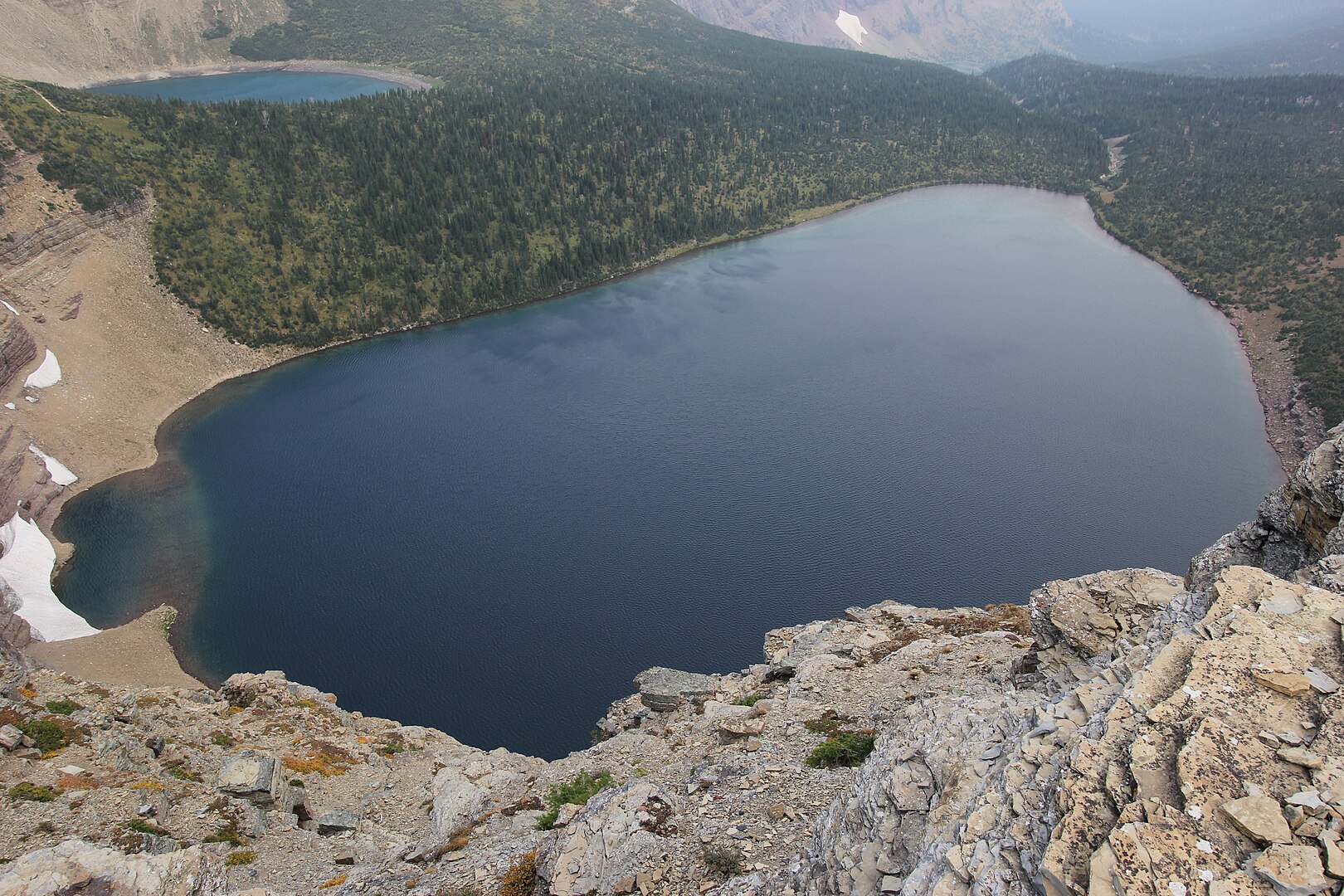 Macaddct1984, CC BY-SA 4.0 , Wikimedia Commons
Macaddct1984, CC BY-SA 4.0 , Wikimedia Commons
Children: Socialization
The Blackfoot have always seen children as individuals worthy of respect. While children are expected to be quiet and respectful around adults, they should be assertive with their peers.
When it comes to dealing with naughty kids, corporal punishment is considered abusive. Instead, the Blackfoot prefer to discipline their children through warnings, teasing, ridiculing, and fear.
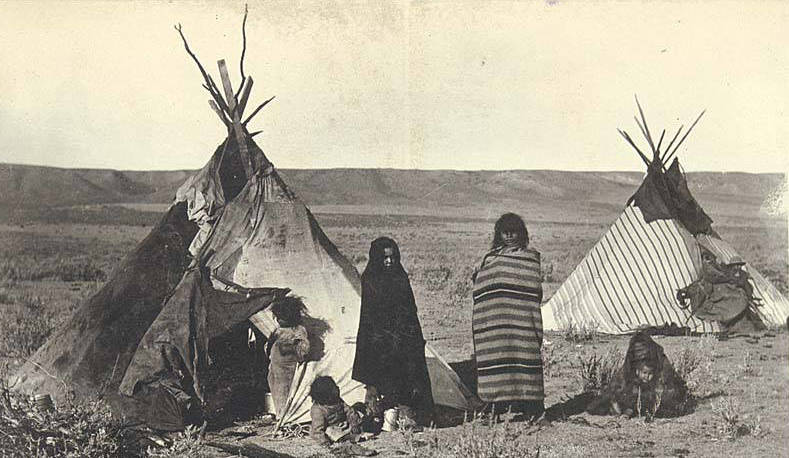 University of Washington Library digital collections, Picryl
University of Washington Library digital collections, Picryl
Children: Education
Girls are taught by women and boys by men. This is so that they learn the appropriate gender roles. They learn first by imitation, then by helping, and finally by instruction.
Family Involvement
The extended family plays a huge role in every aspect of child rearing. Grandparents are very much involved, and it is not uncommon for a child to adopted or raised by their elders.
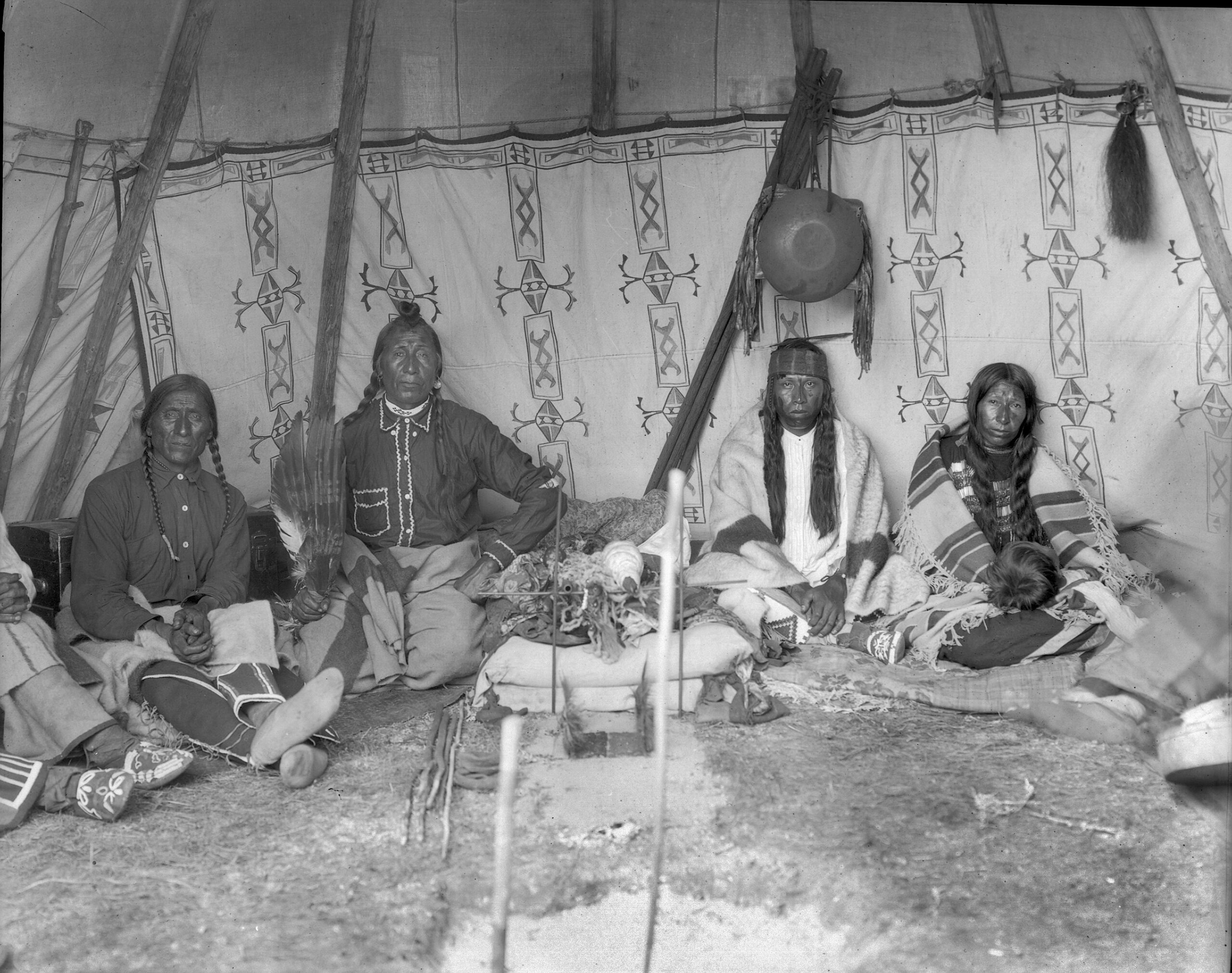 Provincial Archives of Alberta, Wikimedia Commons
Provincial Archives of Alberta, Wikimedia Commons
Religious Beliefs
Traditionally, the Blackfoot tribe was animist, meaning they believed that all things in nature, from animals to rocks, had a spirit. They showed reverence for these natural spirits not only in their religious traditions but also just as a natural part of everyday thinking.
The Blackfoot believed in a "Great Spirit" called Manitou, as well as a divine being named "Apistotoke". Apistotoke is believed to be a reincarnation of the Sun (called "Nah-too-si").
Religious Beliefs: The Afterlife
Upon their demise, a Blackfoot tribe member’s body would be placed on a platform in a tree or the tipi, or on the floor of the tipi. A portion of the land was left with the body for use in the next life.
They also feared the ghosts of the dead, and if a person passed in a tipi, that tipi was never used again.
Illness And Medicine
Any illness was considered to be an evil spirit entering the body. The Shaman treated the person by removing the evil spirit through singing, dancing, and drumming.
Some practitioners (usually a medicine man) within the tribe would treat more serious illnesses using various plants and herbs collected during their travels.
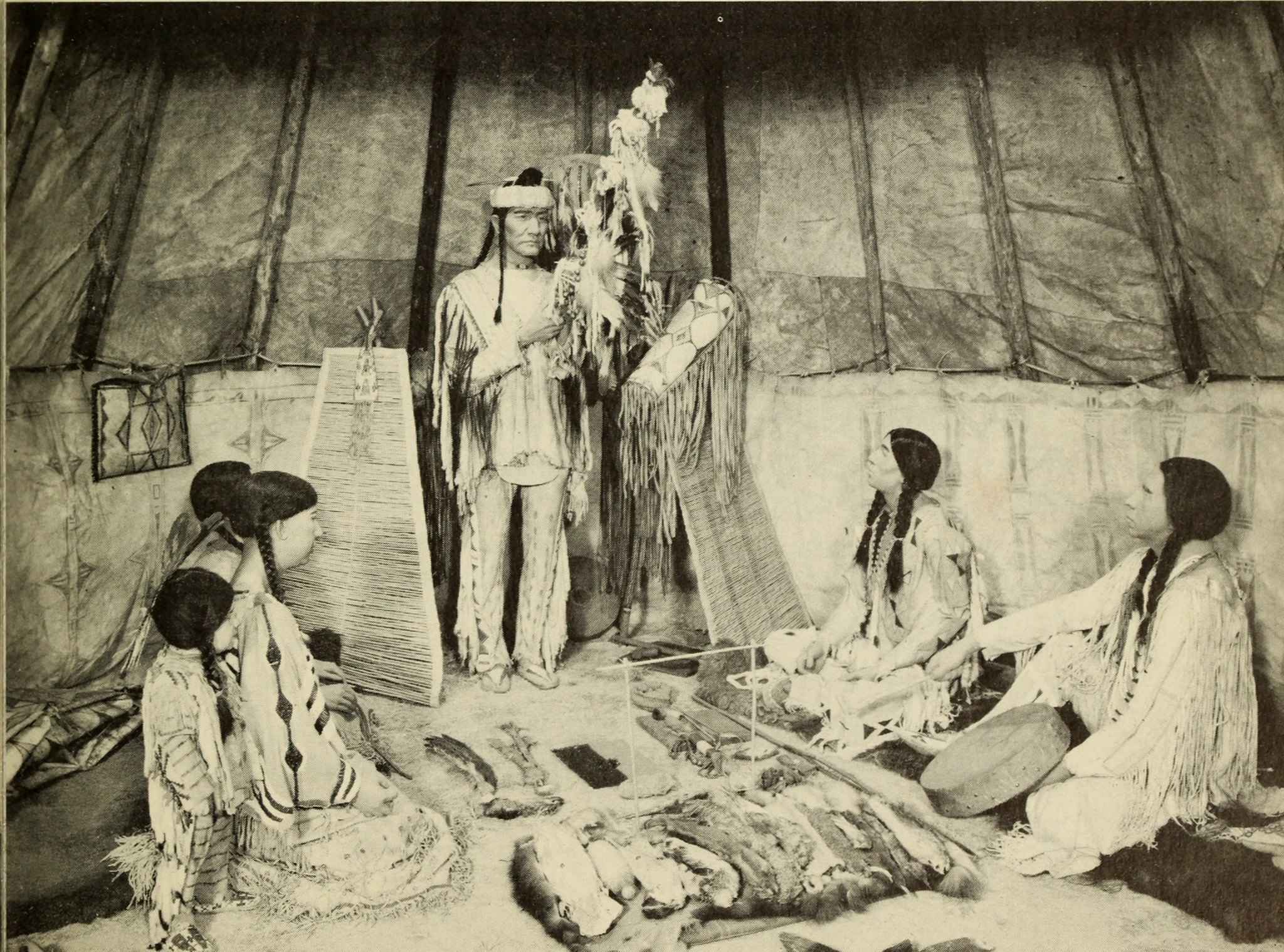 Internet Archive Book Images, Flickr
Internet Archive Book Images, Flickr
The Medicine Man: Costume
The Blackfoot Medicine Man, also known as a Skinwalker, usually wears a grizzly bear costume made of the skins of a bear, as well as frogs, bats and snakes.
The beaks, toes and tails of birds are also attached to the costume as well as the hooves of deer and goats.
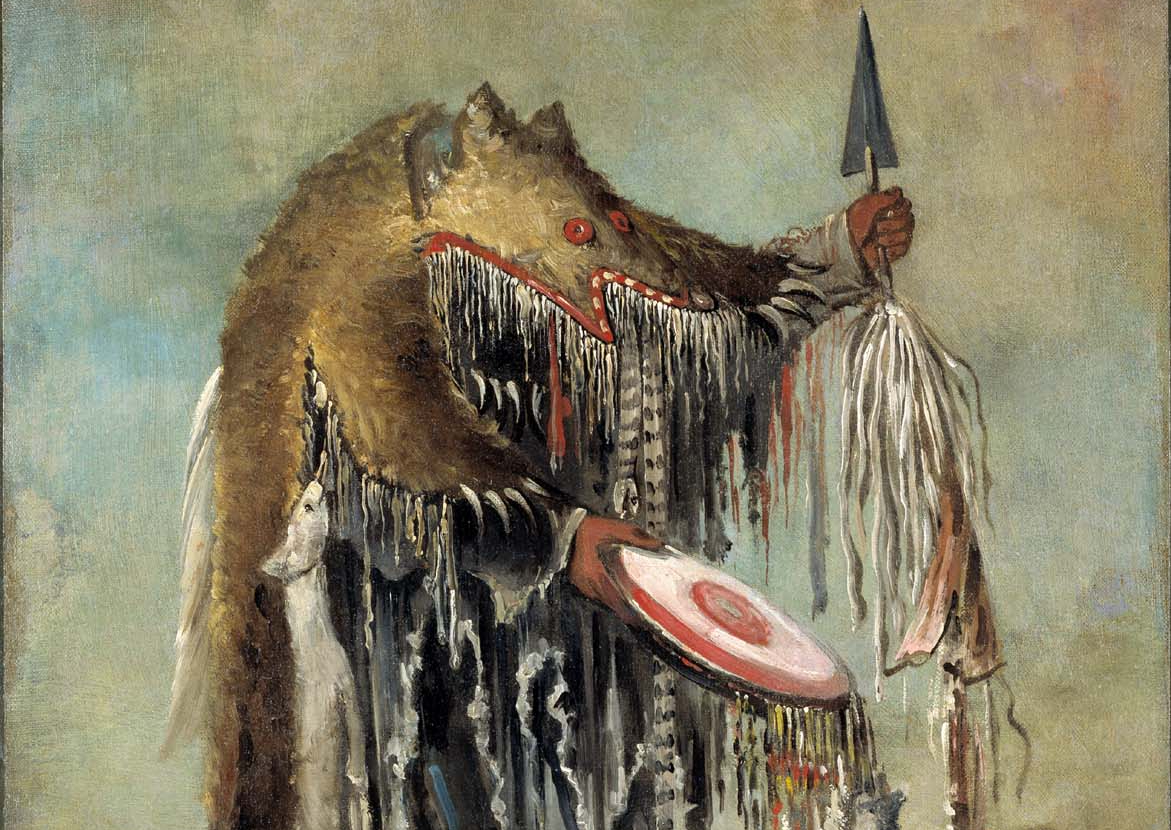 George Catlin, Wikimedia Commons
George Catlin, Wikimedia Commons
The Medicine Man: Purpose
The Medicine Man was believed to have a spiritual connection with animals, supernatural creatures and all elements of nature. He used chants, dances and rituals to protect men from evil spirits.
He was a “healer, a prophet and a mystic” and held an important position within the Blackfoot Tribe.
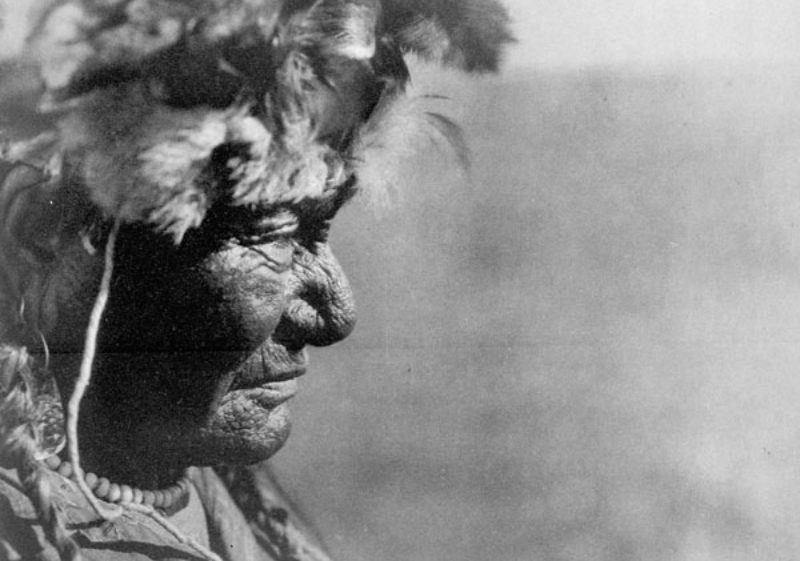 Edward Sheriff Curtis , Wikimedia Commons
Edward Sheriff Curtis , Wikimedia Commons
Ceremonies: The Sun Dance
By the middle of the nineteenth century, the Sun Dance had become an important ceremony. It was performed once each year during the summer.
It was a world-renewal ceremony offering prayers for the welfare of the people and for the increase of their resources.
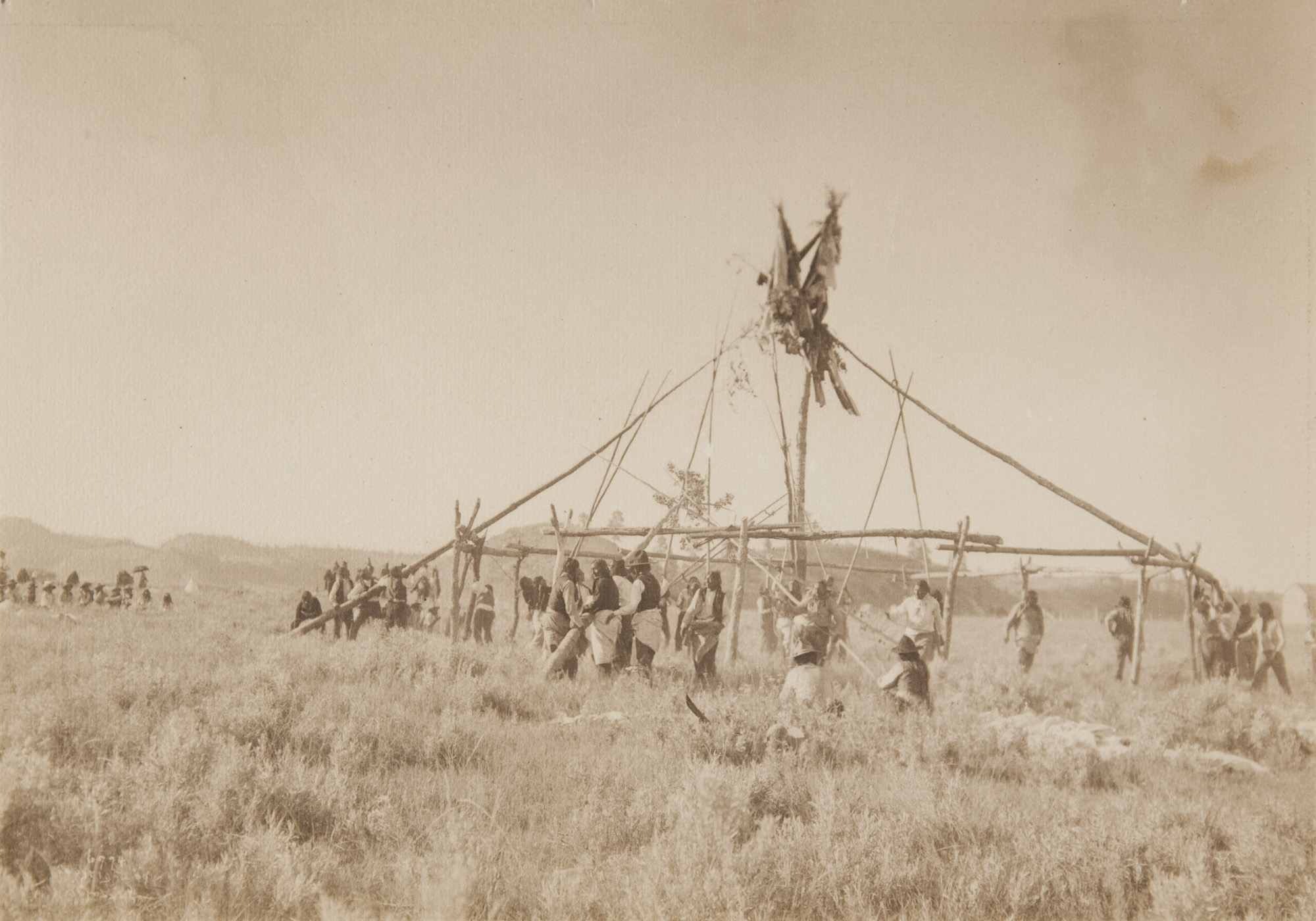 Richard Throssel, Wikimedia Commons
Richard Throssel, Wikimedia Commons
Arts
Singing and dancing are important part of Blackfoot culture, and they would often form singing groups to perform at rituals and ceremonies.
Porcupine quillwork was considered a sacred craft, and some men earned recognition for being highly skilled painters of buffalo-skin shields and tipi covers.
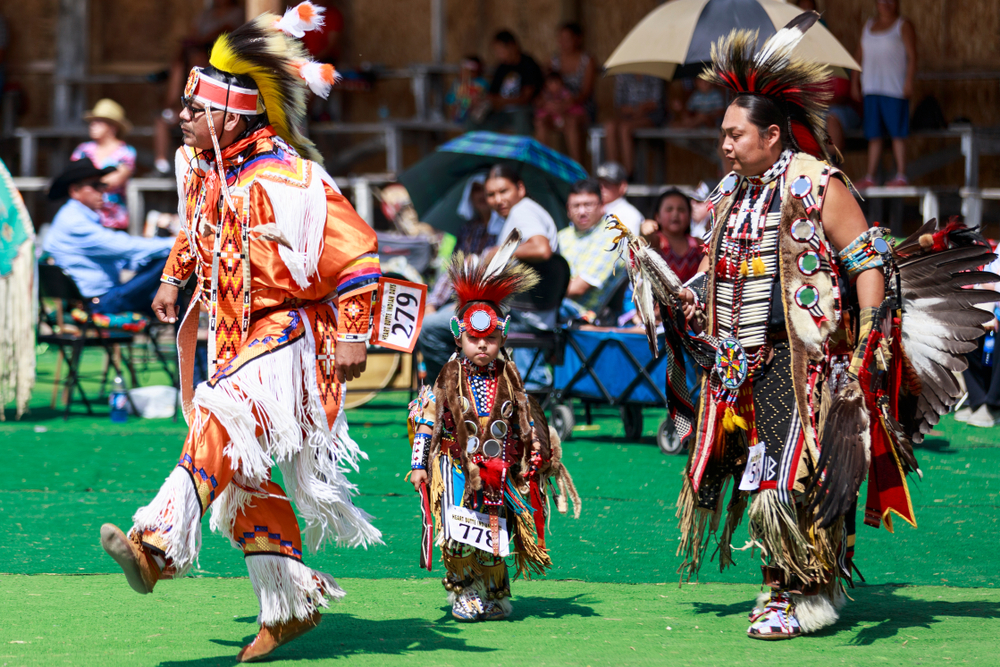 Richard Westlund, Shutterstock
Richard Westlund, Shutterstock
Politics: Societies
Like many other Plains Indian cultures, the Blackfoot community had age-graded men’s societies. As the name implies, these were groups in which someone's age determined their membership. There were seven societies as of 1833. The first age-graded society was The Mosquito society, and the last was the Bull society.
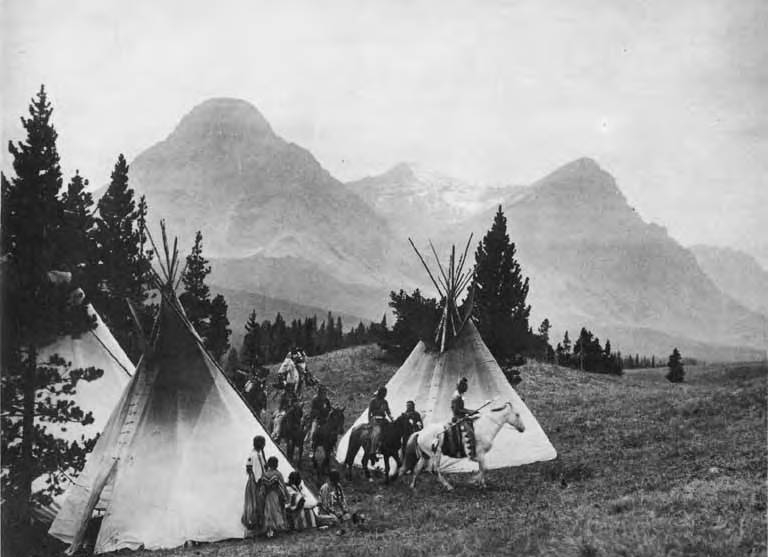 University of Washington, Wikimedia Commons
University of Washington, Wikimedia Commons
Politics: Societies
Membership to the societies had to be purchased. Each society had its own songs, dances, and regalia. They had specific responsibilities for keeping order in the camp.
There was only one women’s society.
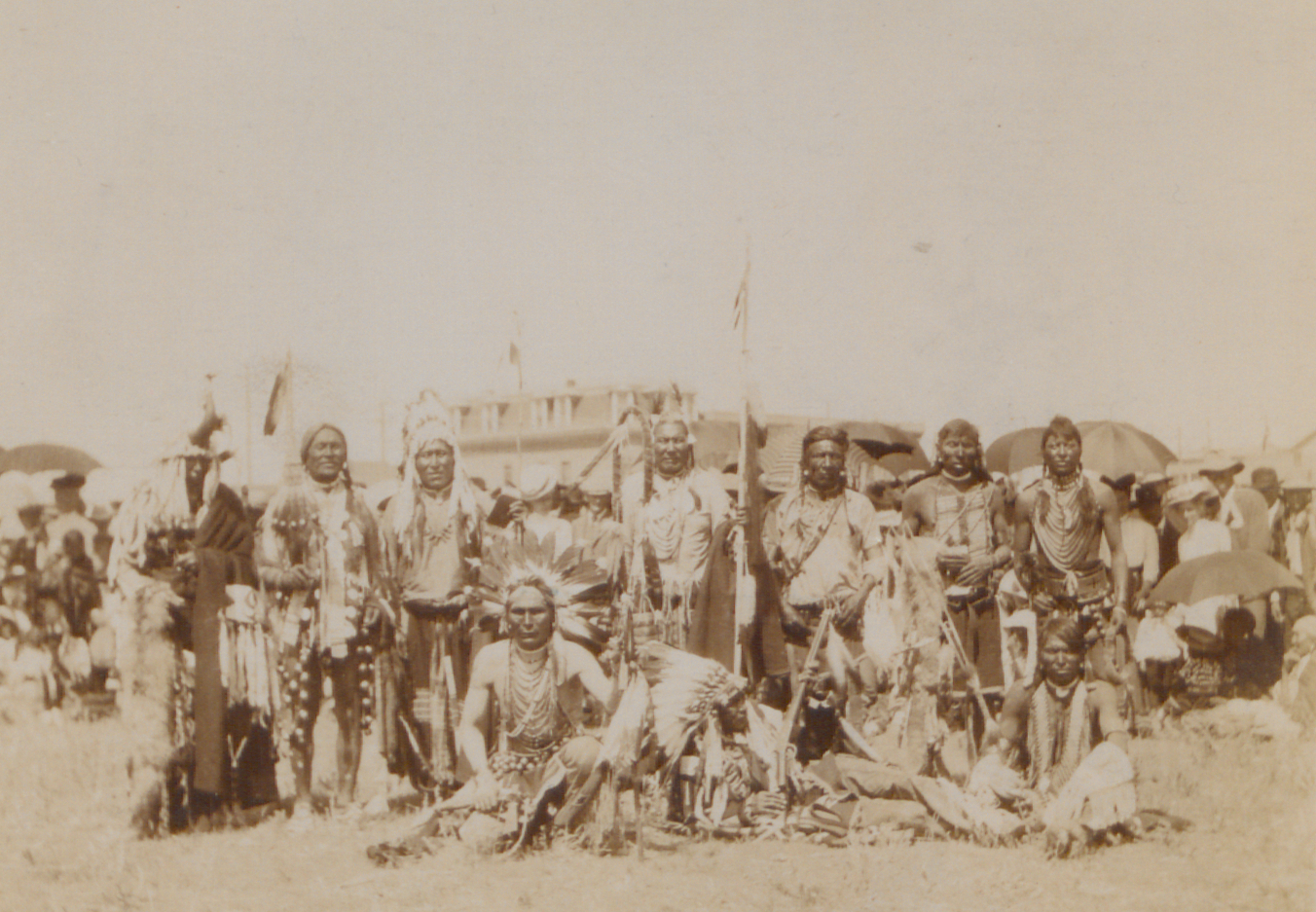 British Library, Wikimedia Commons
British Library, Wikimedia Commons
Political Organization
Each group (the Bloods, the Piegan and the Northern Blackfoot) have a head chief. His main responsibilities are to call councils to discuss affairs of interest to the group as a whole.
Intragroup conflict was handled by individuals, families, or bands. There was no formal social control. People treated conflict with gossip, ridicule, and shaming.
Generosity was often encouraged and praised.
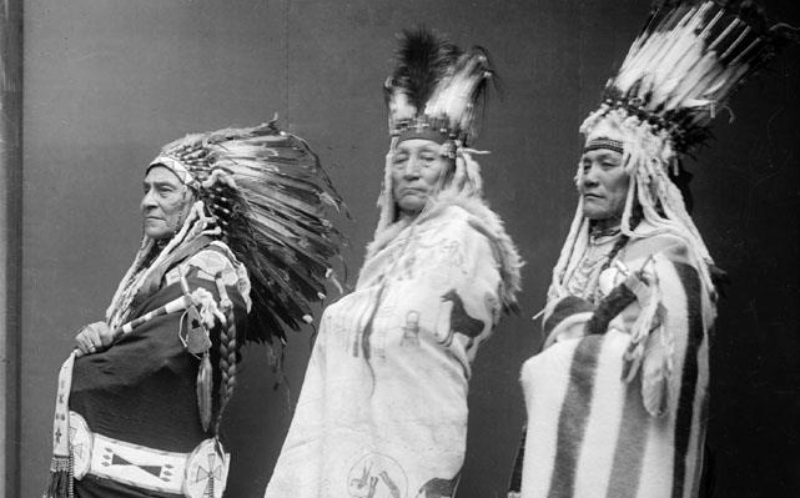 Gill, De Lancey W, Wikimedia Commons
Gill, De Lancey W, Wikimedia Commons
Reputation
The Blackfoot tribe were famous for their militaristic ways.
At the height of their power in the first half of the 19th century, the Blackfoot Nation were known as one of the strongest and most-aggressive military powers on the northwestern Plains.
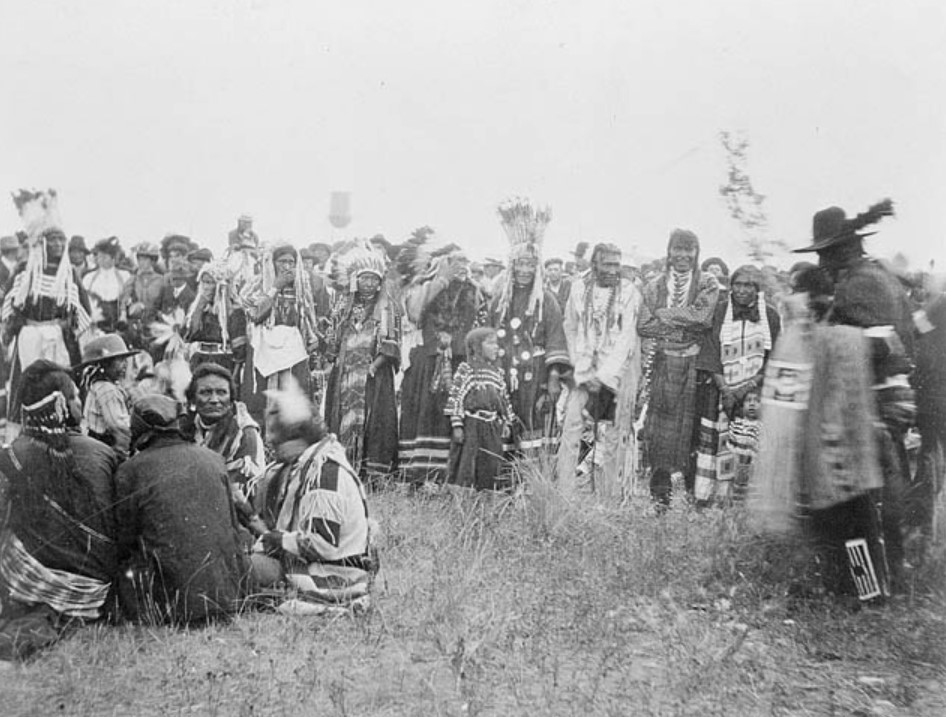 Unknown Author, Wikimedia Commons
Unknown Author, Wikimedia Commons
Violence
They earned their violent reputation between 1820 and 1870 when they fought off Cree, American, and Canadian encroachments on their land, and retained control of Canada’s largest Indigenous Reserve (the Blood Reserve, Alberta).
They were apparently very peaceful within their own Blackfoot community, though.
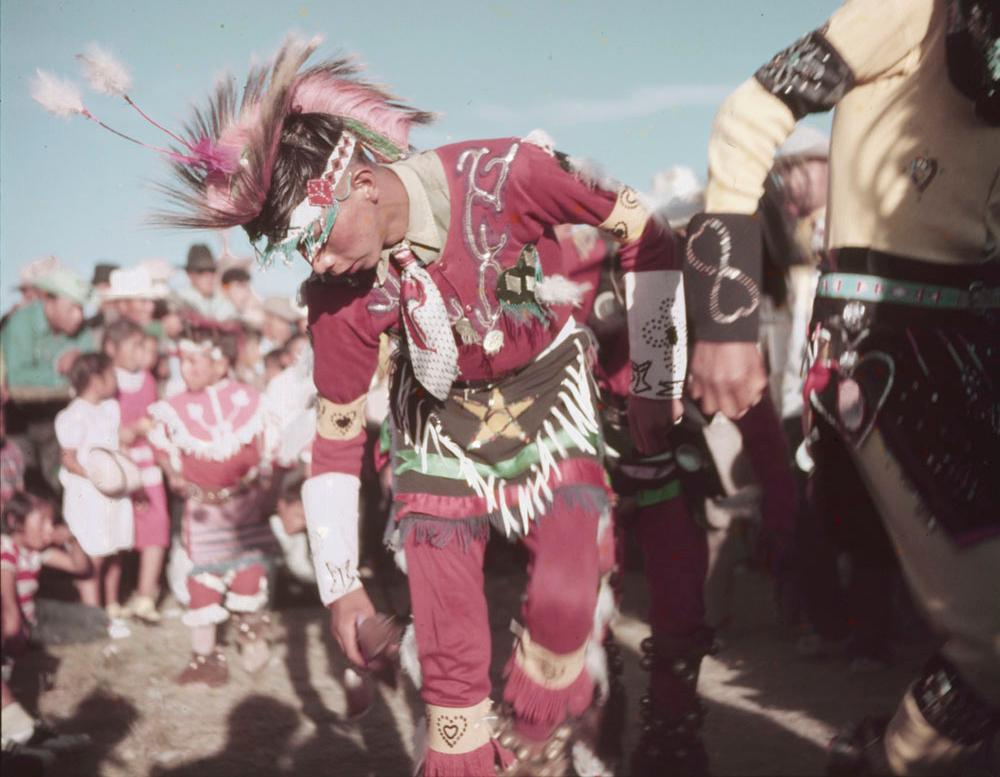 Library and Archives Canada, CC BY 2.0, Wikimedia Commons
Library and Archives Canada, CC BY 2.0, Wikimedia Commons
Conflicts
Conflicts with the Blackfoot tribe often lead to raiding other tribes and seizing their horses. Given their size and warrior skill, anyone who was not part of their community feared them.
They had control over a lot of land, and protecting it was priority.
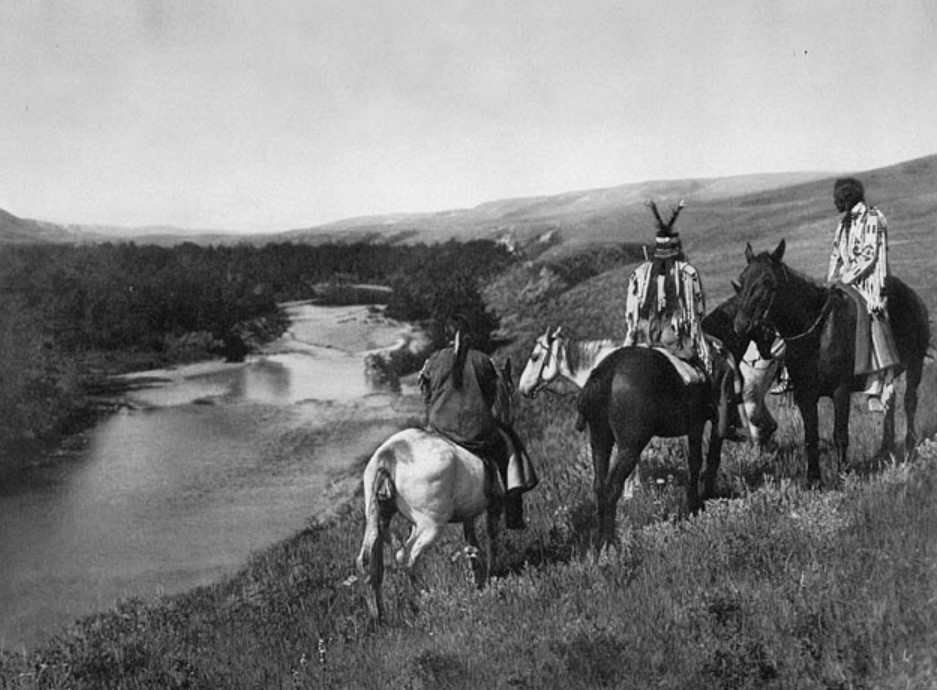 Edward Sheriff Curtis, Wikimedia Commons
Edward Sheriff Curtis, Wikimedia Commons
Horses
In the first half of the 18th century, the Blackfoot tribe got horses and firearms from European traders and peoples from other tribes.
The horses were few and far between at first, and were regarded as highly valuable. Once more horses were acquired, the tribe heavily relied on them for transport and hunting.
Horses and weaponry played an important role in defending their territory.
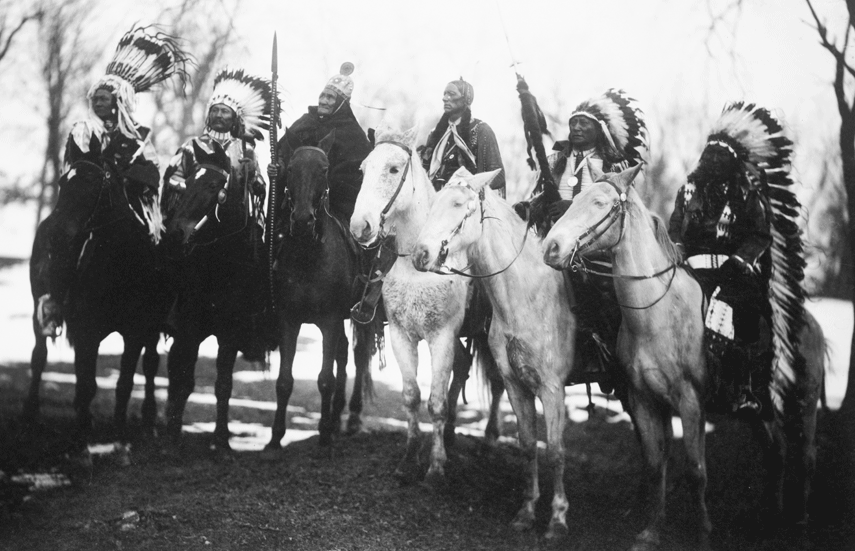 Curtis, Edward S, Wikimedia Commons
Curtis, Edward S, Wikimedia Commons
Weaponry
The Blackfoot tribe were skilled at using many different kinds of weapons, including bows and arrows, war clubs, spears, lances, and blades.
They also used shields made of buffalo hides.
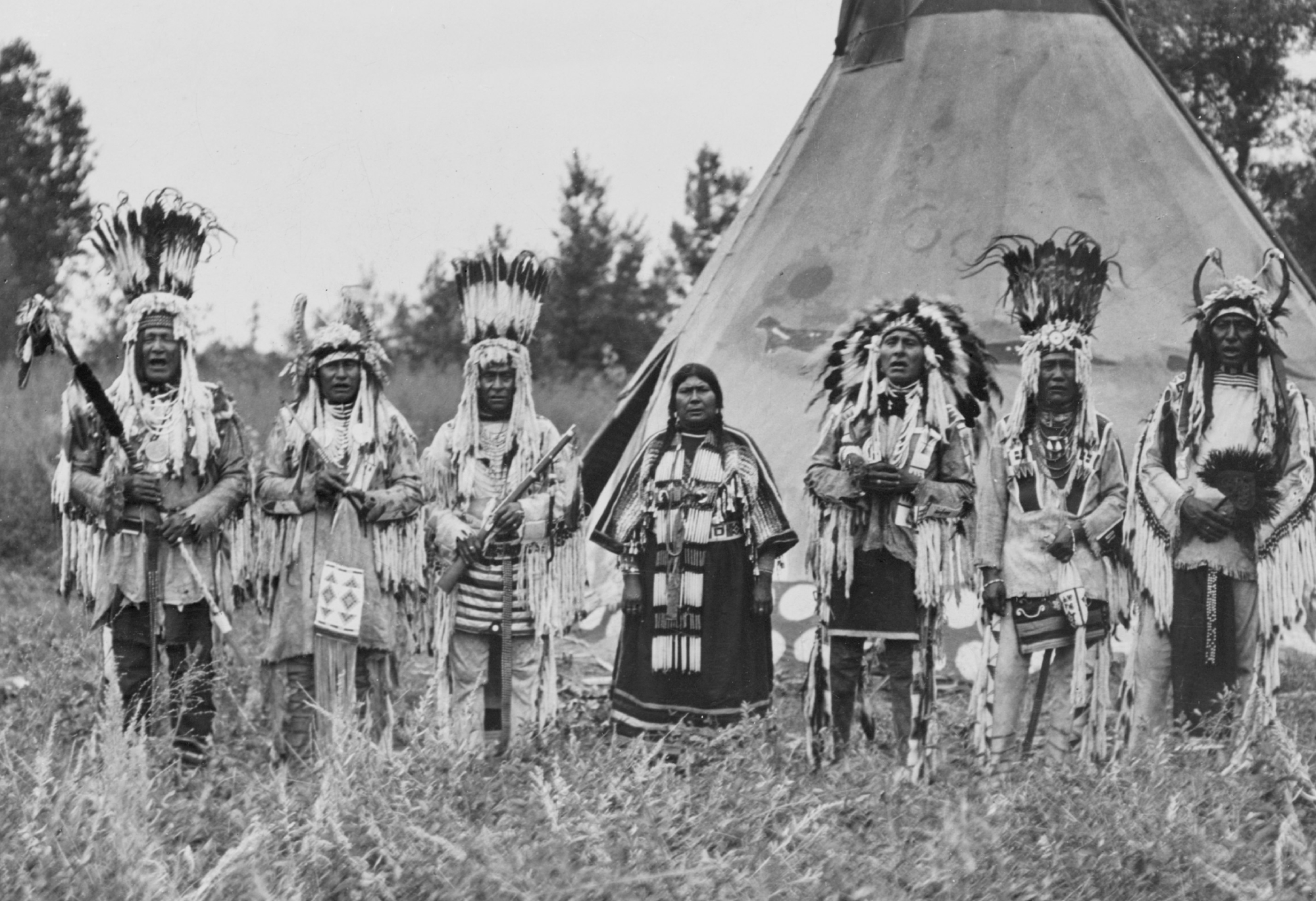 Wanamaker, Rodman, Wikimedia Commons
Wanamaker, Rodman, Wikimedia Commons
Trade
For a long time, the Blackfoot preferred to trade with each other rather than outsiders. Horses, slaves, food, tipis, mules, and ornaments were the most common trade items.
Later, when they began trading with Europeans, they exchanged bison hides and herds for whisky, firearms, clothing, food, and modern tools.
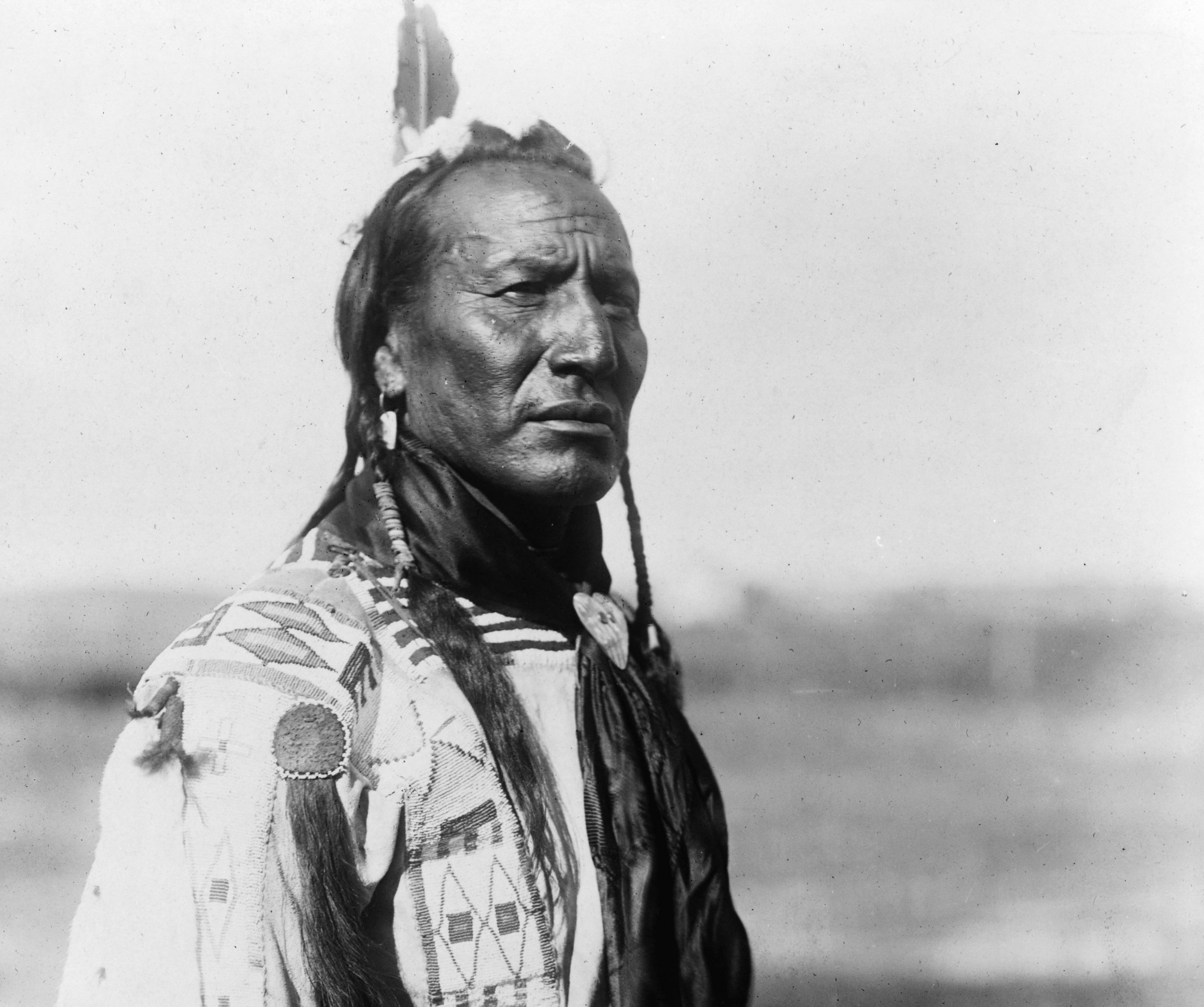 Edward S. Curtis, Wikimedia Commons
Edward S. Curtis, Wikimedia Commons
Trade: Losing Traditions
Once trading with Europeans became more common, traditional Blackfoot practices started to dwindle. There was no longer a need to make their own goods—clothing, cups, bowls, tools, décor.
They now had access to modern clothing and tools.
Commercial Activities: Hunting
Aside from clothing, tools and goods, the introduction of commercial trade also changed the way they hunted. Deer and smaller game were now caught with snares, and fishing was done using actual hooks and nets.
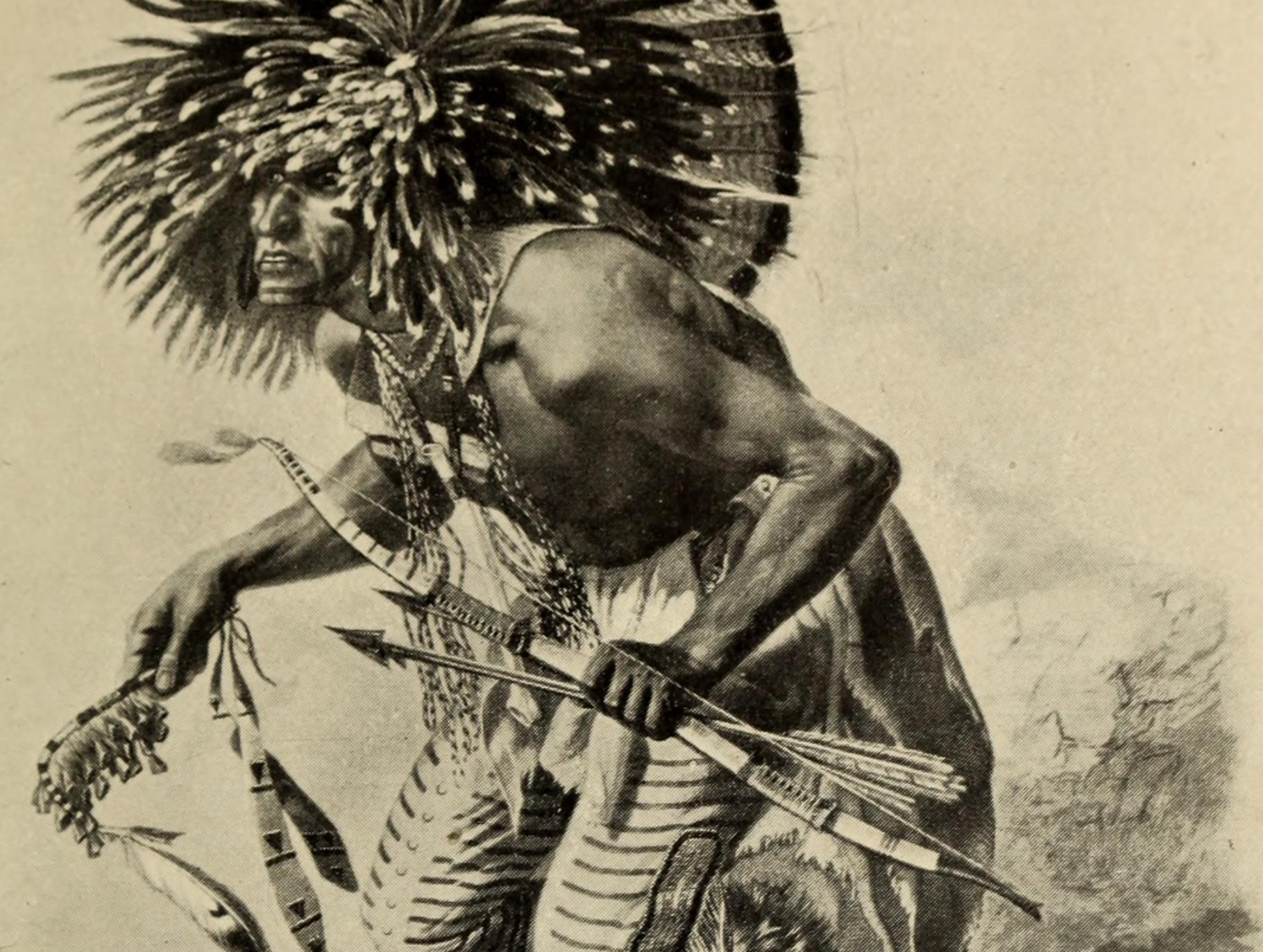 Internet Archive Book Images, Wikimedia Commons
Internet Archive Book Images, Wikimedia Commons
Commercial Activities: Farming
Today, the economy at Blackfoot Reservation in Montana revolves around ranching, farming, wage labor, welfare, and leased land income.
There is even potential for oil and natural gas production, as well as lumbering.
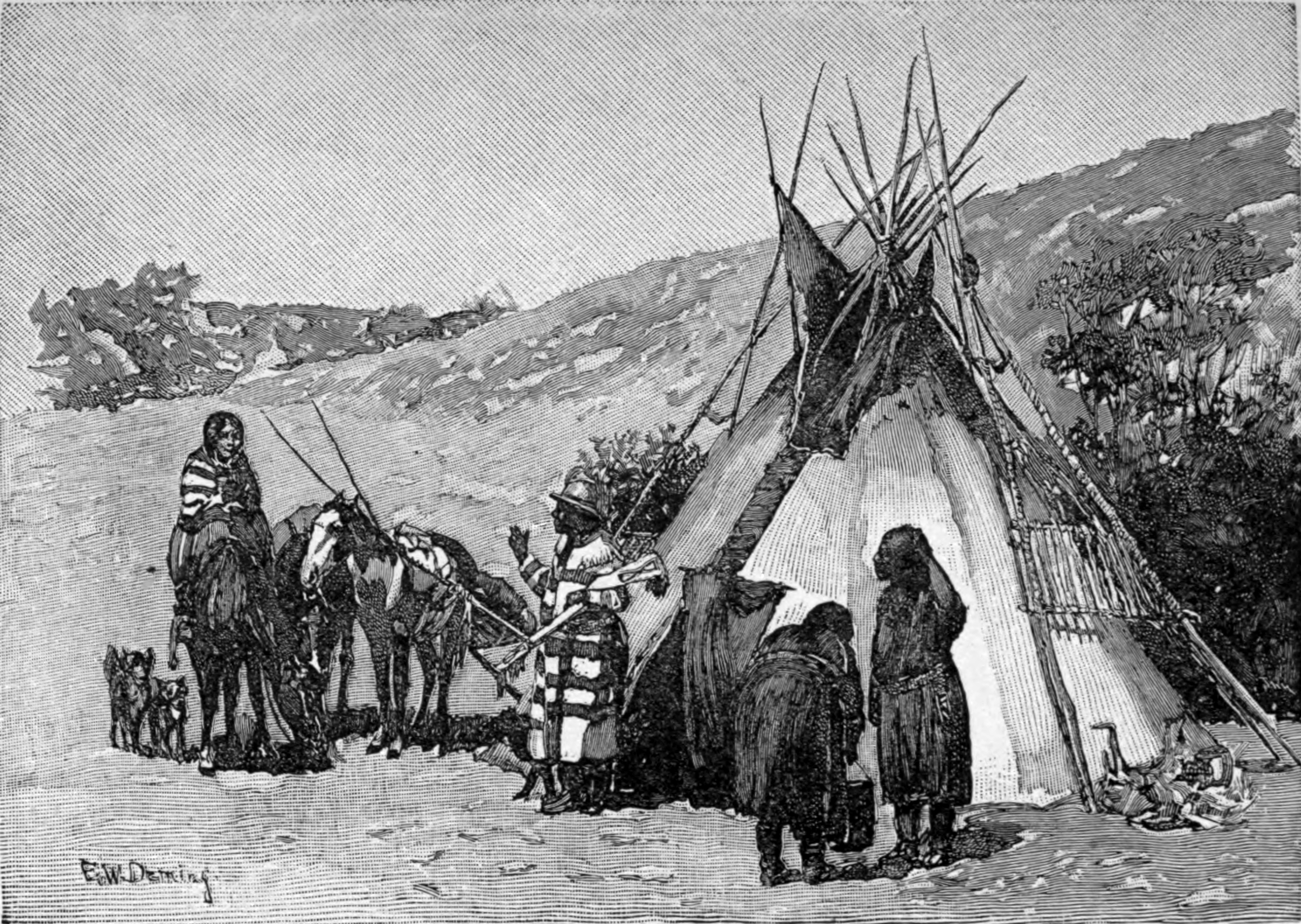 Adolphus Greely, Wikimedia Commons
Adolphus Greely, Wikimedia Commons
Poverty
With a new way of life comes with a new set of problems. For the Blackfoot, poverty has been one of the biggest challenges in this new world.
Not all tribal members are as accepting the change, but this often comes back to bite them—those who are more acculturated to new ways of doing things often fare much better economically than their less acculturated counterparts.
Challenges
Poverty wasn’t the only challenge the Blackfoot Nation faced.
Many times, over the years, the Blackfoot tribes had to fight for their land. In the late 19th century, European Americans and Canadians encroached upon Blackfoot lands. In the end, many Indigenous groups, not just the Blackfoot, were forced to surrender their lands and move to smaller reservations.
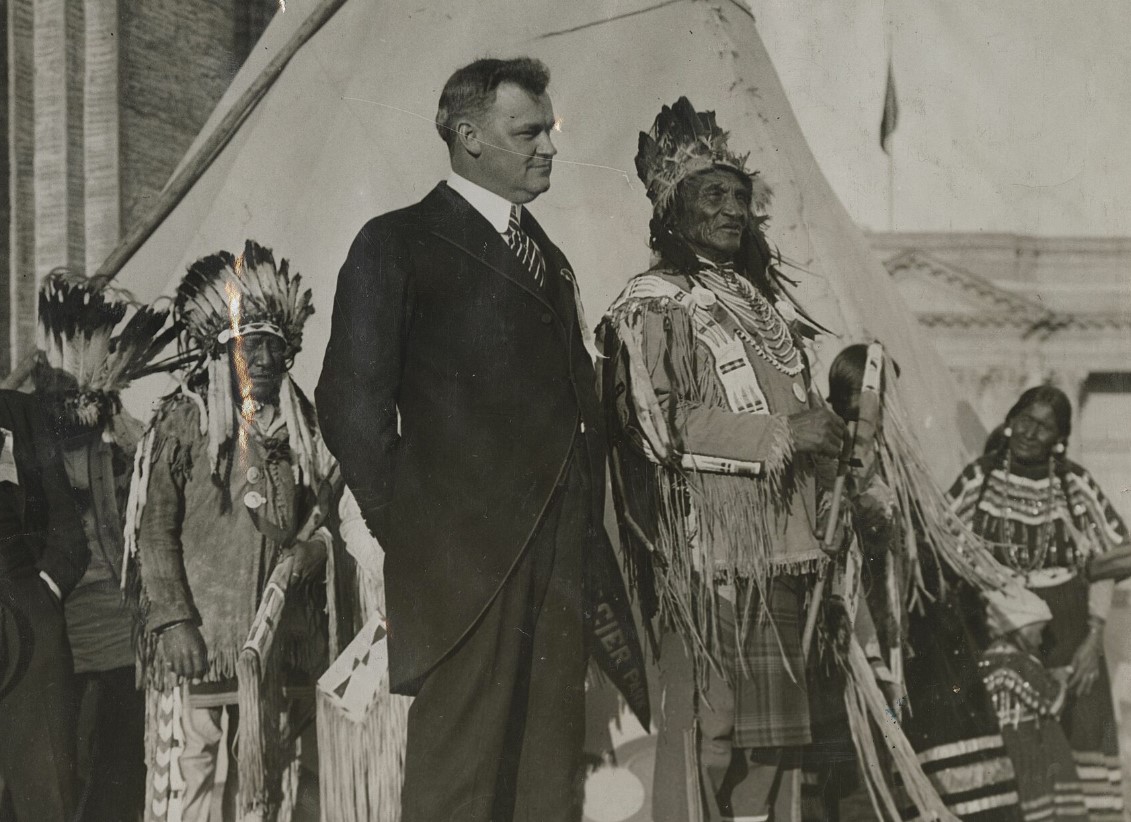 Seattle Public Library, Wikimedia Commons
Seattle Public Library, Wikimedia Commons
The Marias Massacre
Land disputes in the late 1800’s resulted in a massacre of nearly 200 Indigenous men, women and children carried out by the US Army.
The US government had previously promised protection, but then went back on their promise and attacked a band led by Chief Heavy Runner.
This led to public outrage and a shift toward a Peace Policy, advocated by US President Ulysses S. Grant.
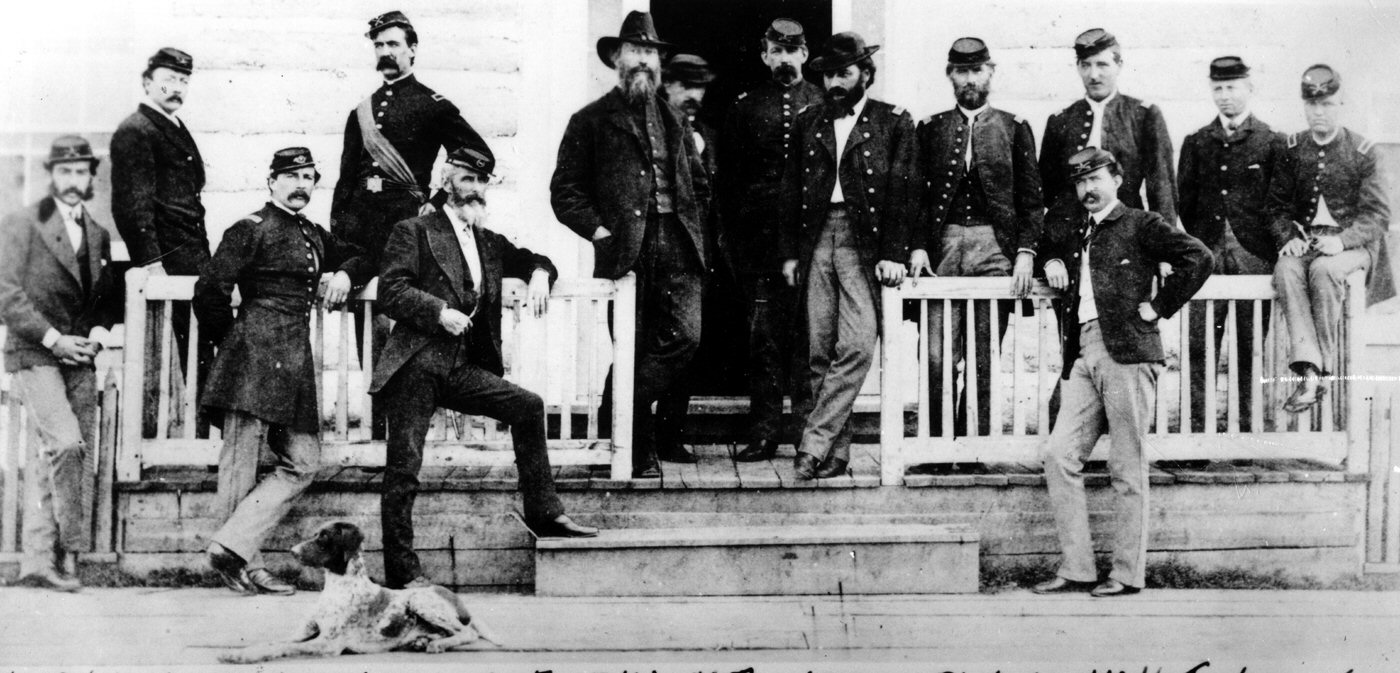 William Henry Jackson, Wikimedia Commons
William Henry Jackson, Wikimedia Commons
Malcolm Clarke
During this time, a notable incident occurred—the slaying of Malcolm Clarke.
Malcolm Clarke was a rancher and a fur trader who had married a Blackfoot Native woman and had four children. This union was seen as an alliance between Malcolm and the Blackfoot tribe—strengthening his trade agreement with the tribe.
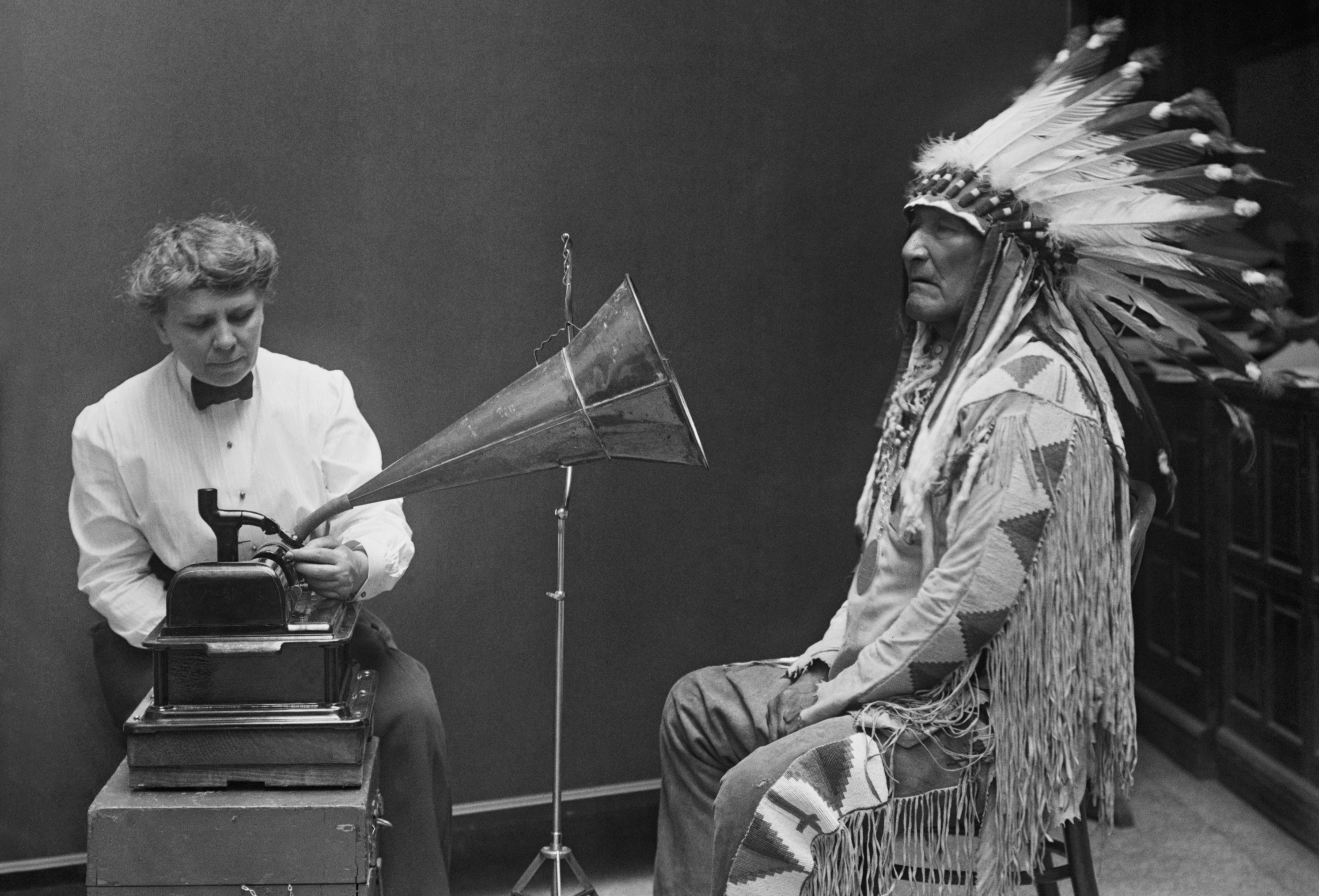 Harris & Ewing, Wikimedia Commons
Harris & Ewing, Wikimedia Commons
The Clarke Ranch
After conflict within the fur trading business, Clarke left the business and moved to the Rocky Mountains to build a ranch with his second-wife, a mixed-race Blackfoot woman named Good Singing.
They established the Clarke Horse and Cattle Ranch.
 U.S. Department of Agriculture, Picryl
U.S. Department of Agriculture, Picryl
The Slaying of Malcolm Clarke
Owl Child, a young Piegan warrior, had blamed Clarke for losing his horses so he stole Clarke’s horses as revenge.
Clarke and his son reacted by beating Owl Child in front of a group of his own people. Clarke had then forced himself on Owl Child’s wife, who happened to be his first wife’s cousin. This act resulted in a pregnancy.
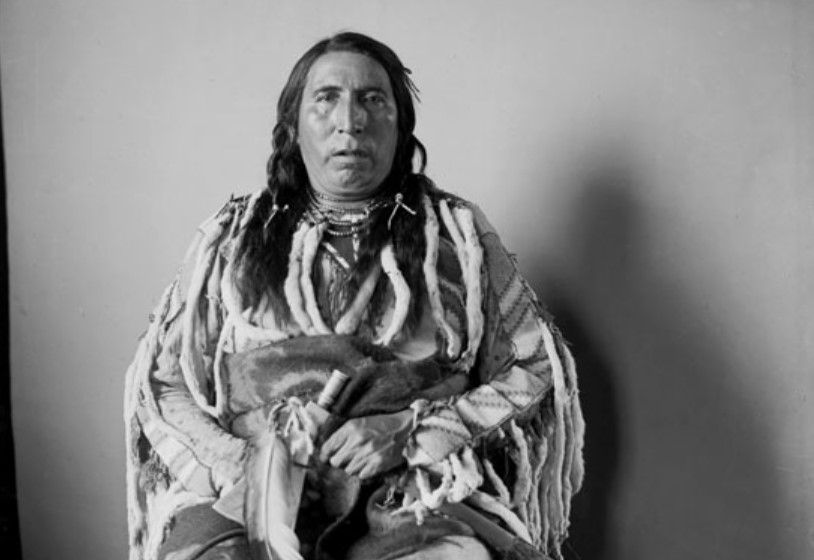 Gill, De Lancey W., Wikimedia Commons
Gill, De Lancey W., Wikimedia Commons
The Slaying of Malcolm Clarke
Given the way the child was conceived, the newborn lost its life at the hands of tribal elders.
The Piegan warriors retaliated once more, and Owl Child attacked Clarke with an axe, ending his life. Clarke’s oldest child was shot, but survived. The rest of his family remained unharmed.
This started more problems for the Blackfoot Nation.
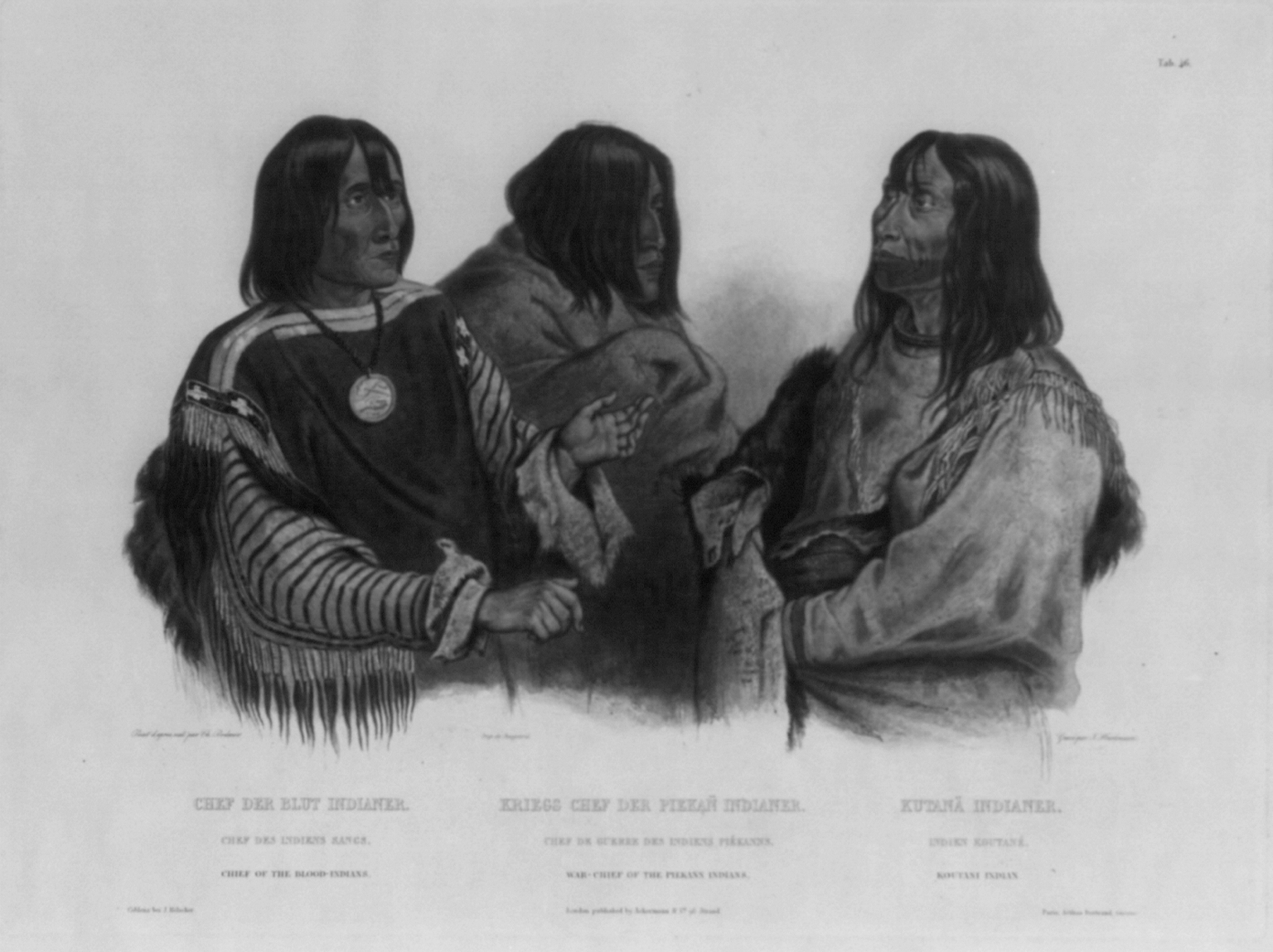 Johann Hürlimann, Wikimedia Commons
Johann Hürlimann, Wikimedia Commons
The US Response to Clarke’s Slaying
In response to the brutal demise of Malcolm Clarke, the US Army demanded that the Blackfoot Confederacy execute Owl Child and deliver his body to them in two weeks.
Owl Child fled North to a band led by Mountain Chief.
The US Attack on Blackfoot Nation
Once the two-week deadline had passed, the US Army set out for revenge. They turned their ire upon Mountain Chief, for harboring the fugitive Owl Child.
When they set out, they were determined to destroy Mountain Chief's entire band.
The Camp
Unfortunately, at the time of the attack, most of the people in Mountain Chief's camp were women, children, and elderly.
Many of the men were away on a hunt, but there were also less people defending the camp because they were dealing with an outbreak of smallpox. Many people had fallen ill and were quarantined away from camp.
Shortly before the attack, the US official was told that the camp belonged to a different band—a peaceful one. But that didn't stop the tragic outcome.
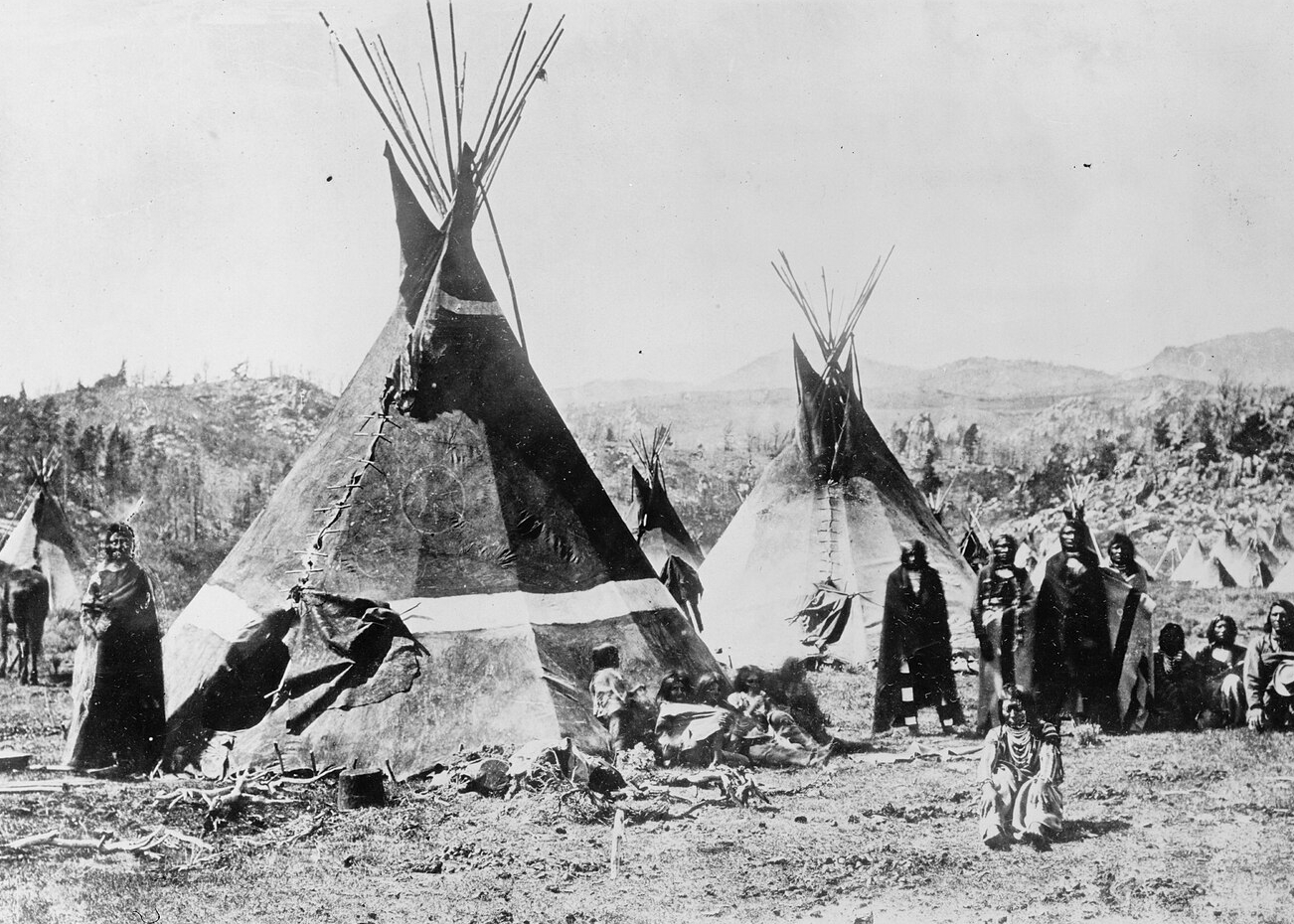 W. H. Jackson, Wikimedia Commons
W. H. Jackson, Wikimedia Commons
The Attack
The US official didn’t care and told them to end them all, regardless of which band of Blackfoot they belonged to.
Moments before they opened fire, the Chief ran toward the US officials waving a piece of paper that stated their safety from the Indian Bureau.
He was instantly shot several times.
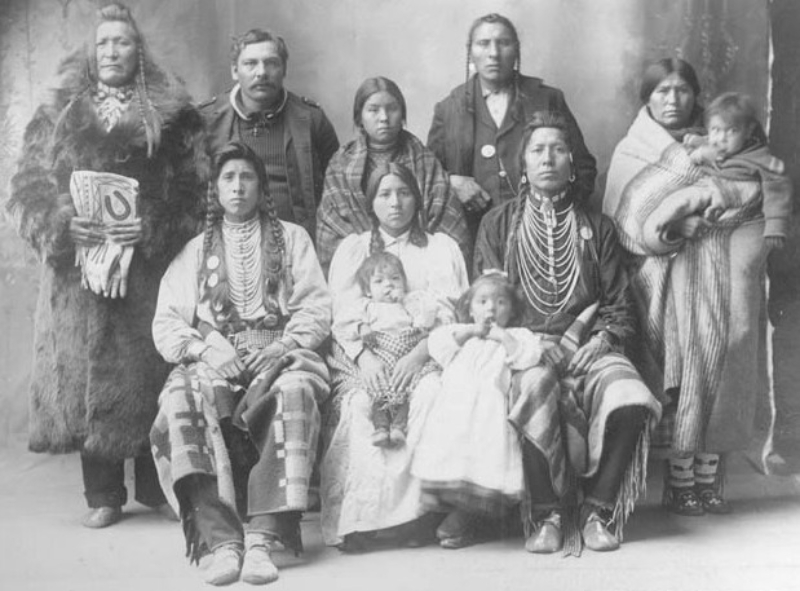 F. A. Rinehart, Wikimedia Commons
F. A. Rinehart, Wikimedia Commons
The Kicker
The unfortunate part about the Chief’s demise was that he was actually shot by another Blackfoot member who was being used by the US Army to point out the good and bad bands.
This member was married to Mountain Chief’s sister, and wanted to divert attention from his brother-in-law’s camp.
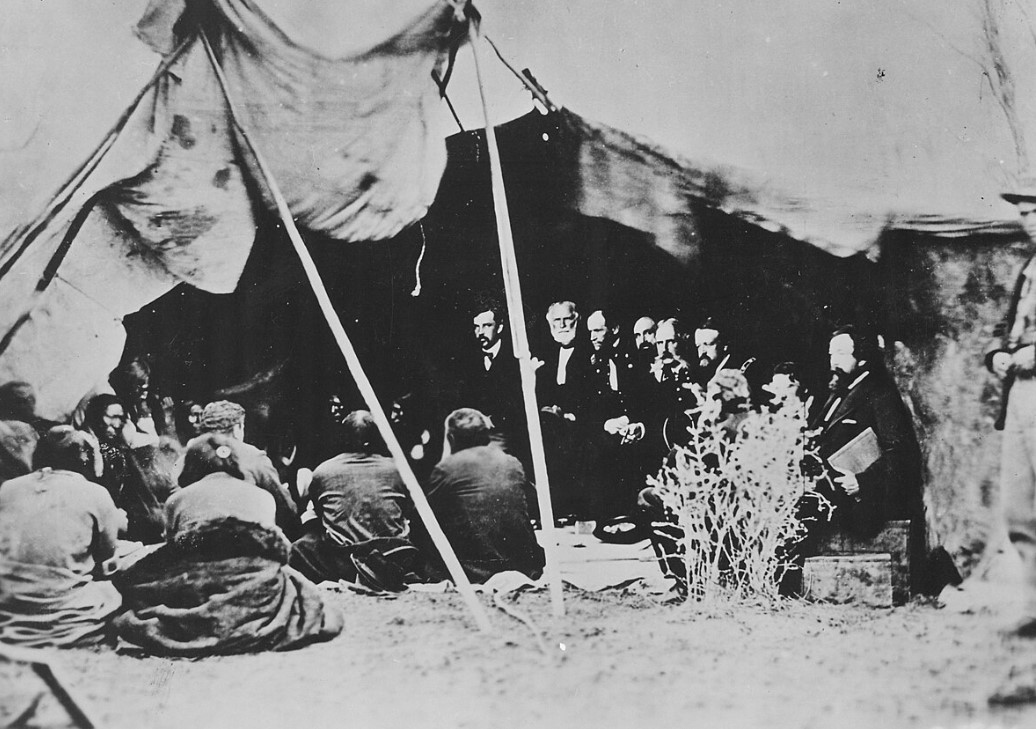 National Archives , Wikimedia Commons
National Archives , Wikimedia Commons
The Massacre
The attack became a full on massacre when the troops charged the camp, slicing open tipis with blades and firing at unarmed people inside.
They went from lodge to lodge, ending the lives of every person they saw.
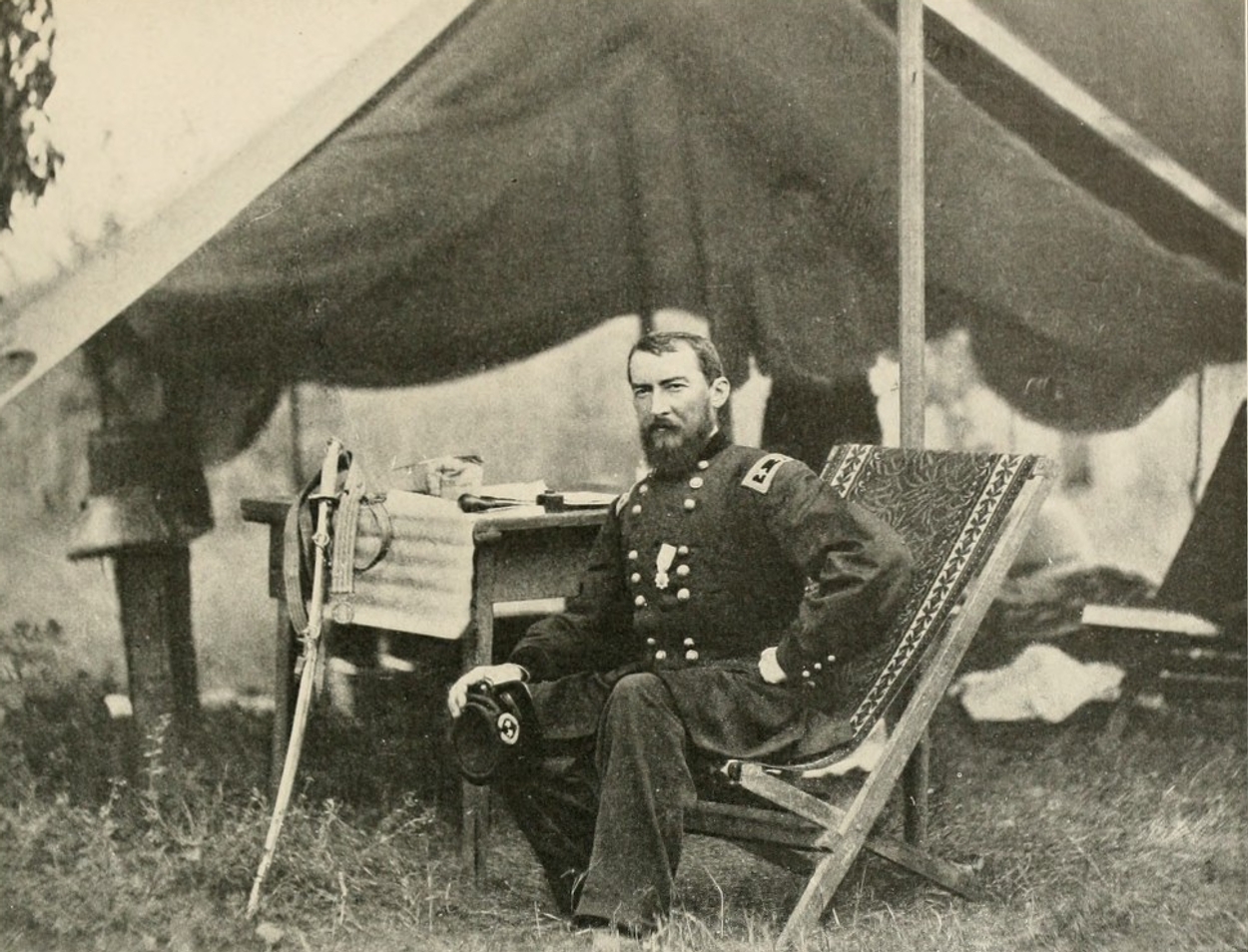 Alex Gardner, Wikimedia Commons
Alex Gardner, Wikimedia Commons
Survivors: Spear Woman
Spear Woman was only six years old at the time. She survived the slaughter by hiding behind the headboard of a large bed.
She waited out the massacre, watching and listening to everyone she knew being brutally slain.
Survivors: Long Time Calf
Another young girl, only eight years old managed to grab her infant niece and run. She escaped through the freezing waters of the Marias River, carrying the crying baby the entire time.
Another young girl saw the troops shortly before they started firing, and she turned around and ran into the forest to hide.
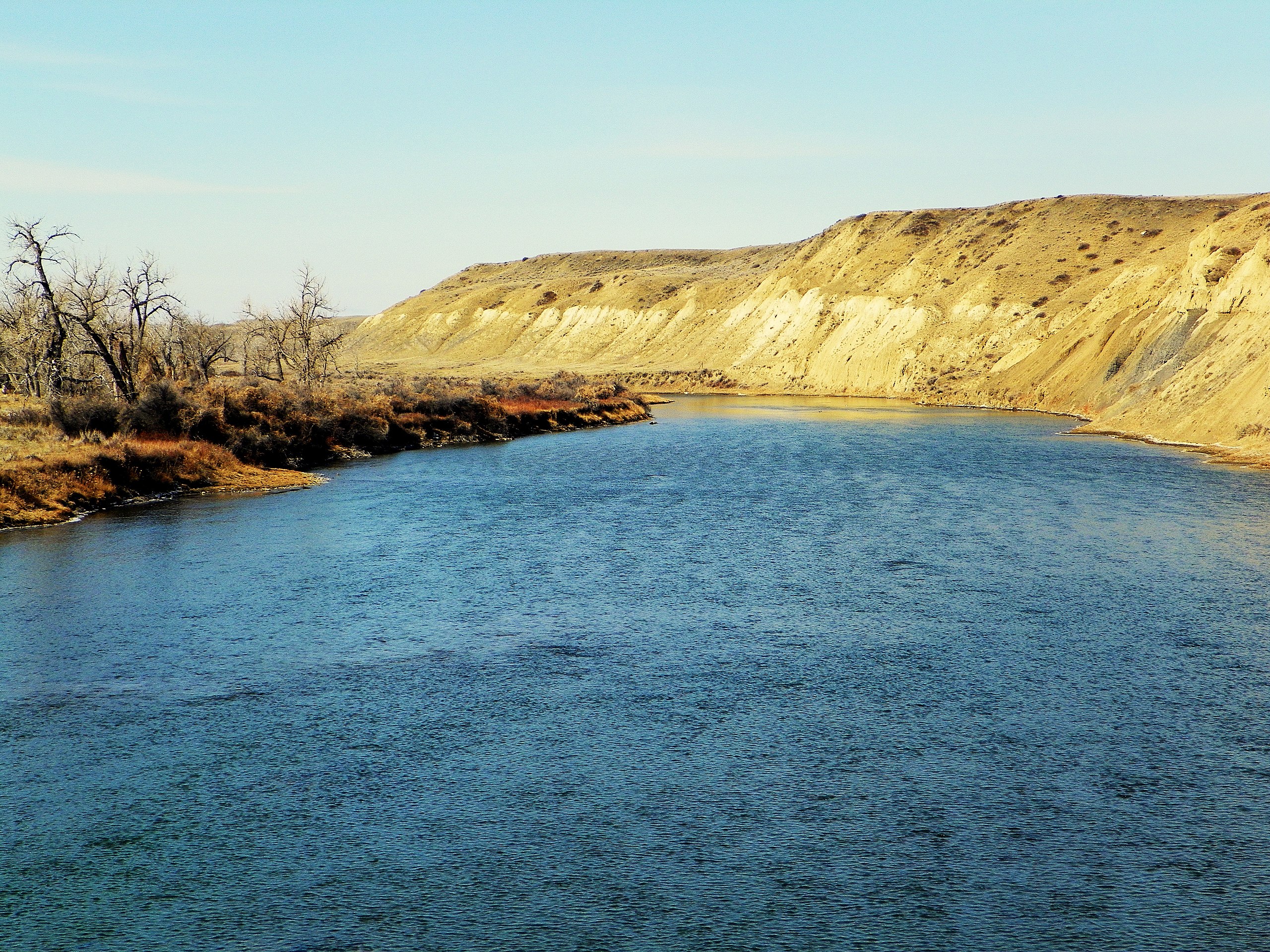 U.S. Department of the Interior, CC BY-SA 2.0, Wikimedia Commons
U.S. Department of the Interior, CC BY-SA 2.0, Wikimedia Commons
Total Destruction
A young man had gone to fetch horses and was taken prisoner. In the end he was shot, but survived.
He recounts watching the entire massacre take place, including seeing his own mother and sisters being brutally attacked.
After the troops had left, he counted the bodies of 15 men, 90 women, and 50 children.
The entire camp was set on fire, and their goods had been taken.
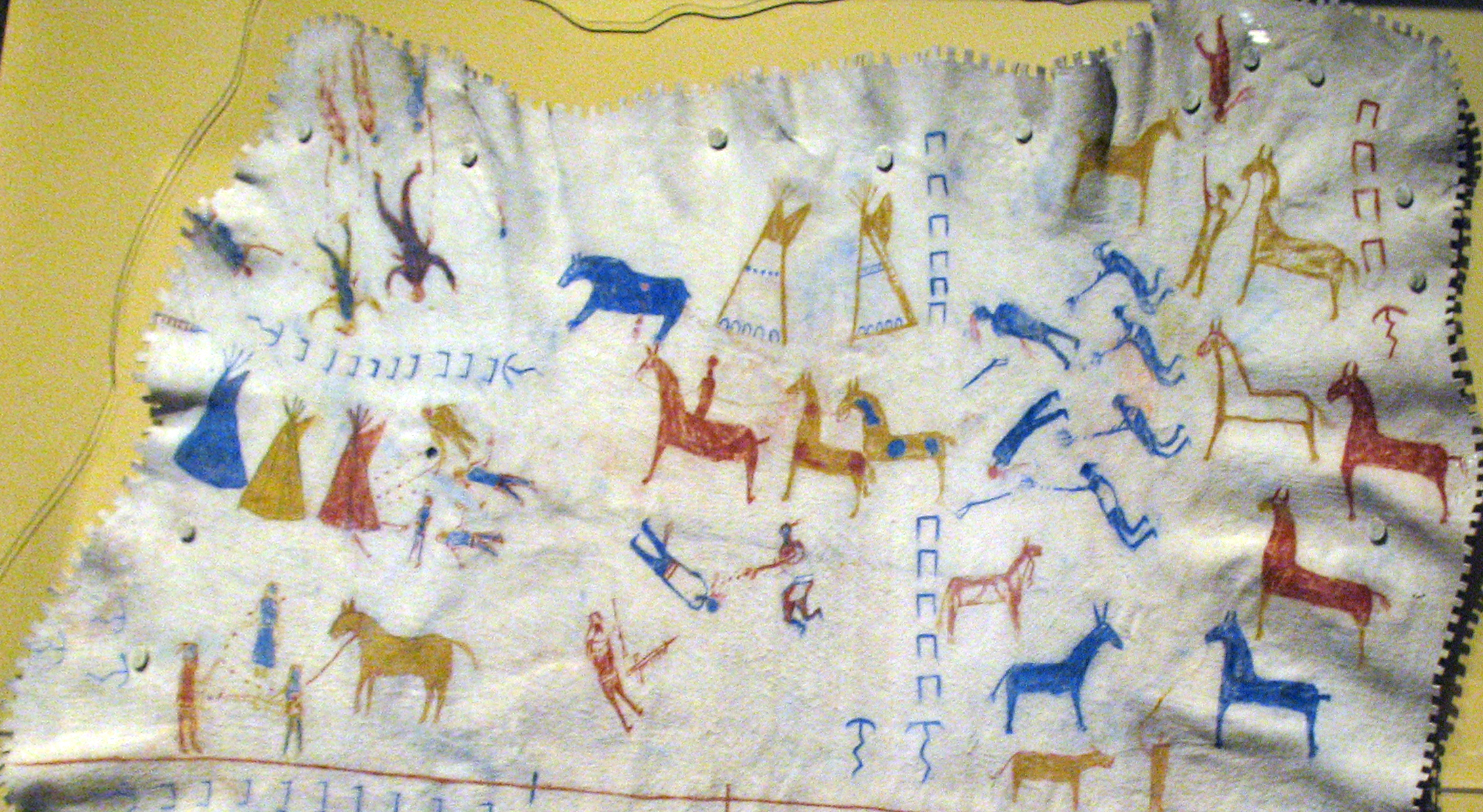 Anagoria, CC BY 3.0, Wikimedia Commons
Anagoria, CC BY 3.0, Wikimedia Commons
The Aftermath
Mountain Chief learned of the raid and immediately escaped with his band over the border into Canada.
The US troops continued to end the lives of any Blackfoot member they had come into contact with during this raid. When the smoke cleared, there were 217 casualties—only one was an American cavalryman.
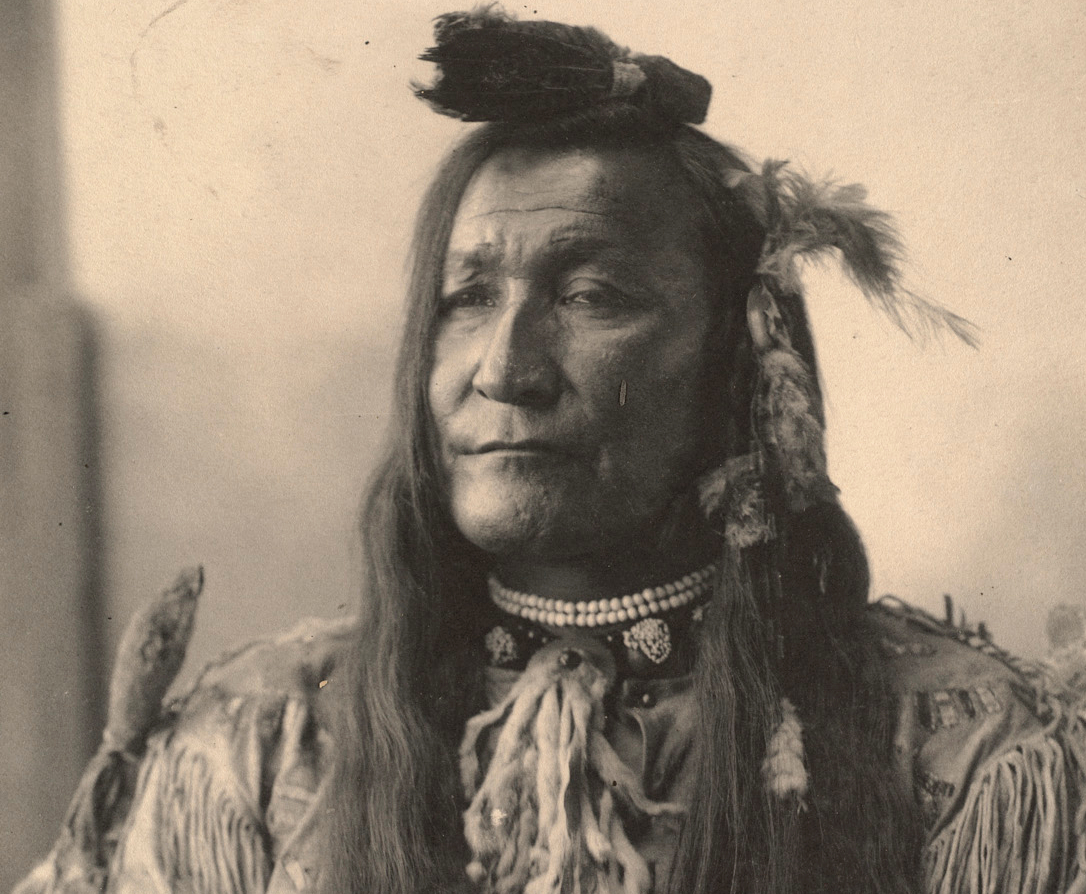 BPL, CC BY 2.0, Wikimedia Commons
BPL, CC BY 2.0, Wikimedia Commons
Retaliation
The conflict between settlers and the Blackfoot declined after the massacre.
The Blackfoot Nation, weakened by smallpox, did not have the numbers to retaliate and feared the Americans as a brutal people.
They had given up.
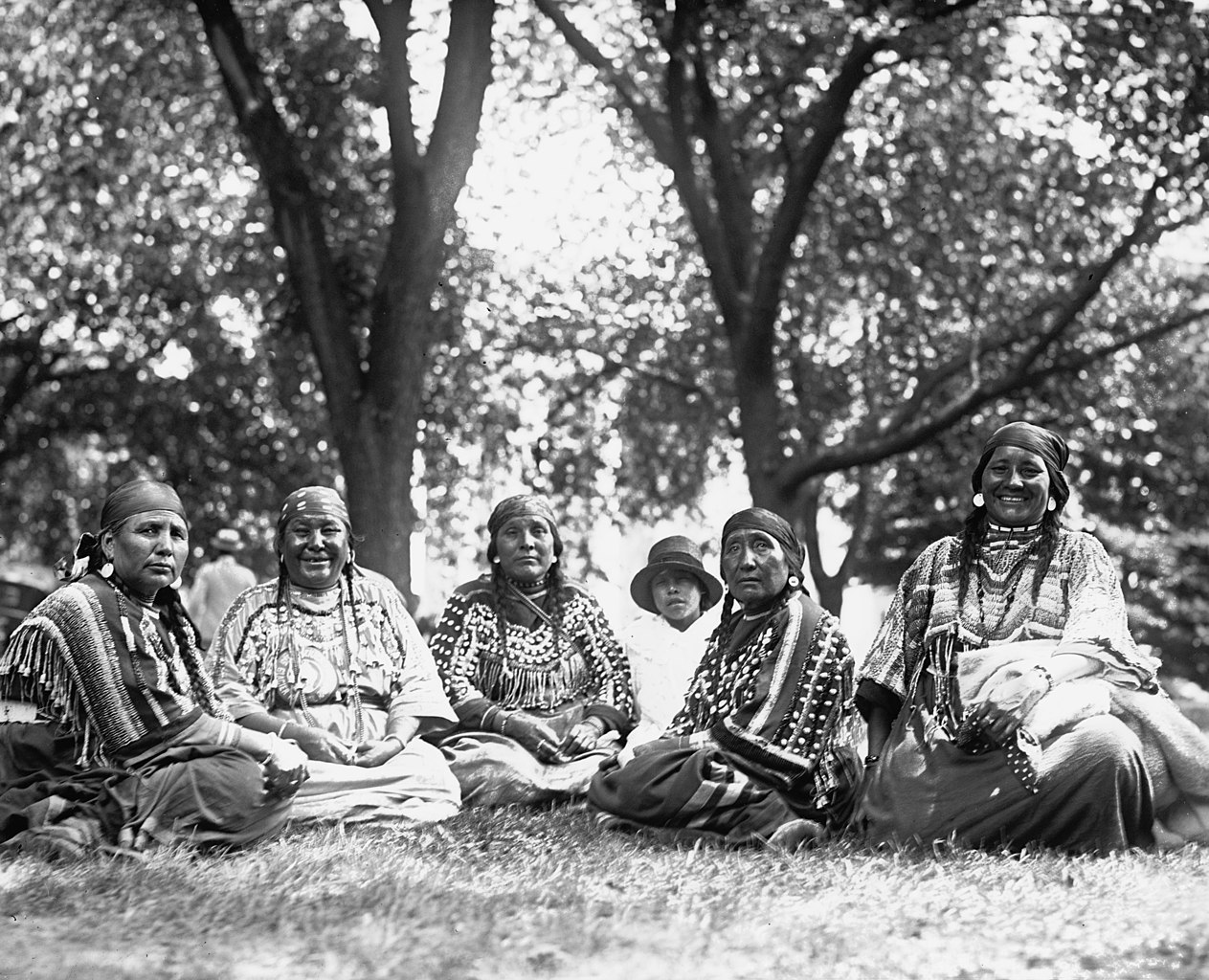 National Photo Company Collection, Wikimedia Commons
National Photo Company Collection, Wikimedia Commons
Impact on Blackfoot Nation
At the time of the massacre, the Blackfoot Reservation stretched across most northern Montana.
But in 1872 US orders were given to reduce the size of the reservation, and then in 1887, the Blackfoot Nation were stripped of an additional 17 million acres.
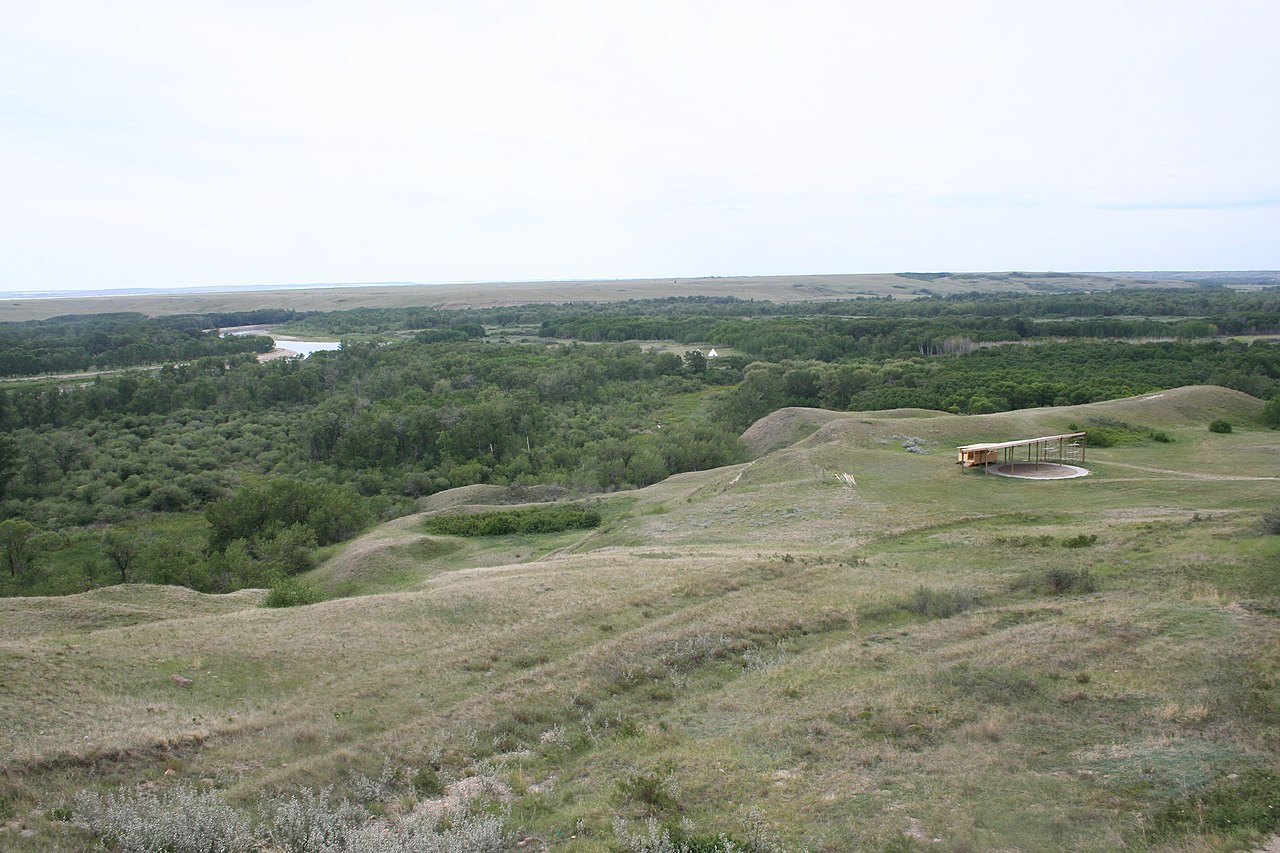 Thank you for visiting my page, CC BY 2.0, Wikimedia Commons
Thank you for visiting my page, CC BY 2.0, Wikimedia Commons
The Loss of Reserves
As they gradually lost their territory, they also lost access to a large number of bison, causing them to starve. During the winter of 1883-1884 over 500 Blackfoot people passed.
They were desperately losing the battle.
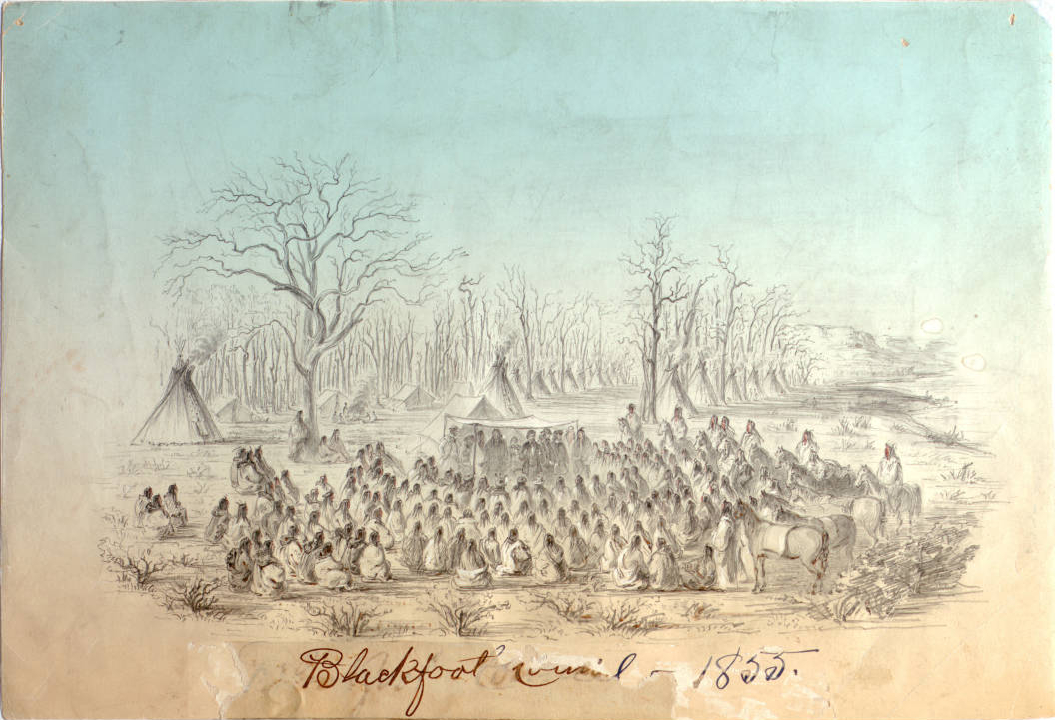 Gustav Sohon, Wikimedia Commons
Gustav Sohon, Wikimedia Commons
The Sweet Grass Hills Treaty
Sadly, 1888, the proud Blackfoot community had no other choice but to sign the “Sweet Grass Hills Treaty”—an agreement that gave the Blackfoot their present reservation, plus lands in the eastern side of present-day Glacier National Park.
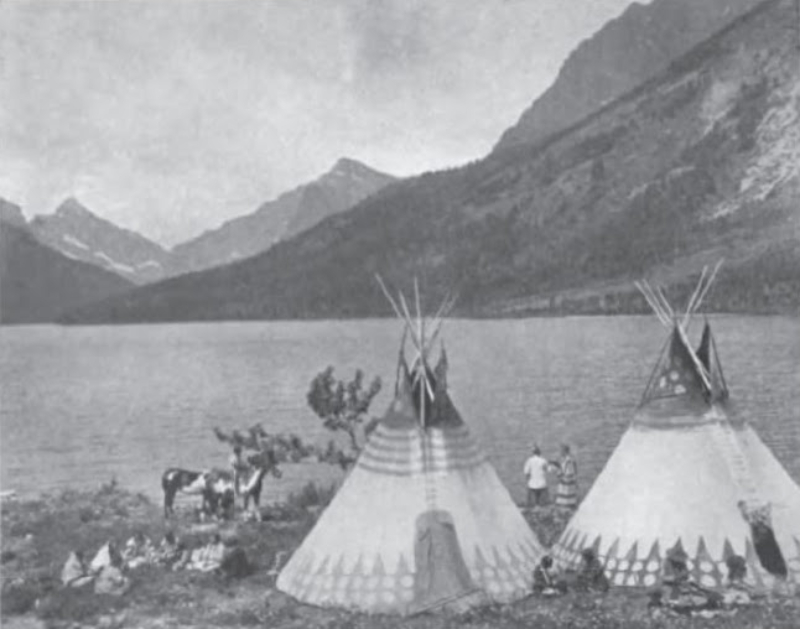 Roland W. Reed, Wikimedia Commons
Roland W. Reed, Wikimedia Commons
Glacier National Park
Once again, in 1896, the US government went back on their word and forced the tribe to leave the mountain lands so they could establish Glacier National Park, for a whopping $1.5 million.
The Blackfoot people claim the land was only leased to them for a total of 99 years.
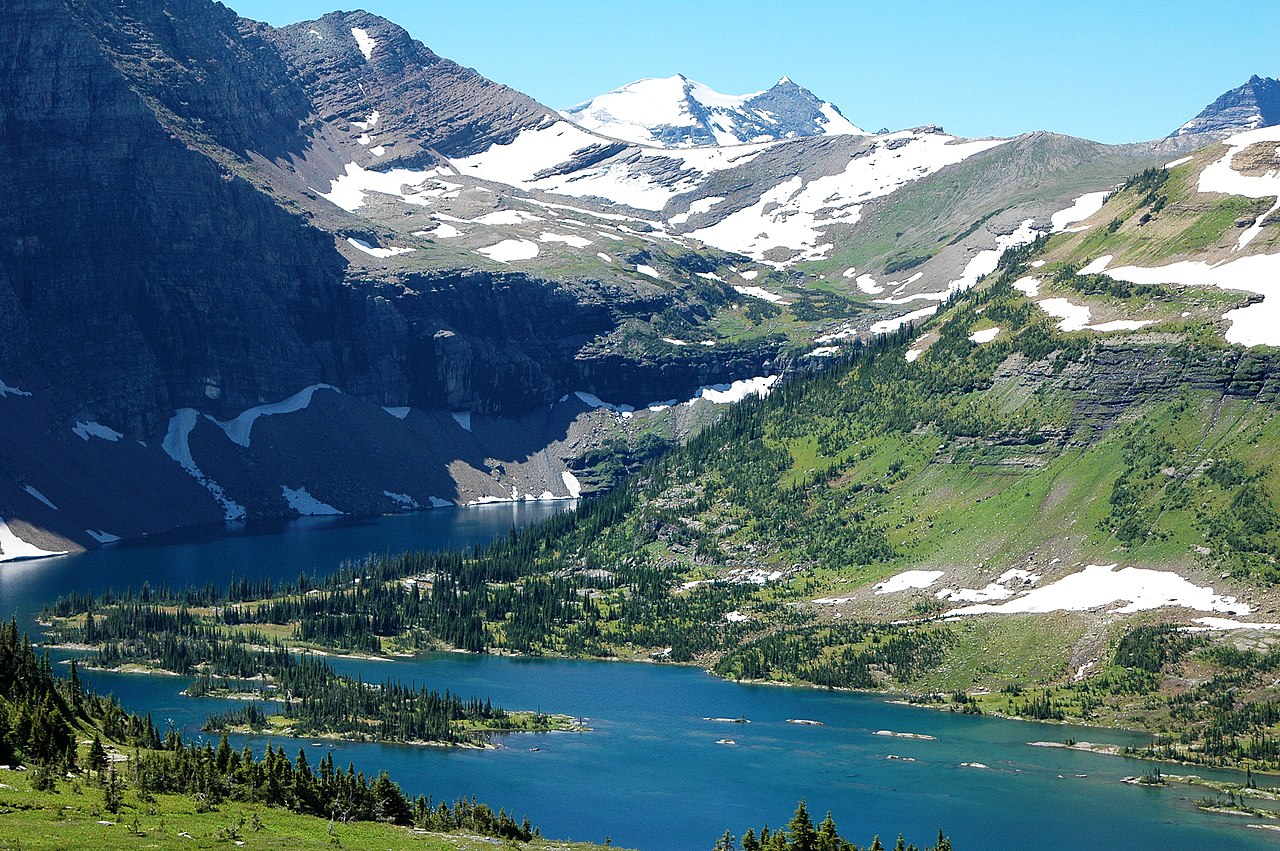 David Broad, CC BY 3.0, Wikimedia Commons
David Broad, CC BY 3.0, Wikimedia Commons
Today’s Reserve
Today, the Blackfoot reserve is 1,525,712 acres, and home to about 10,500 tribal members. A large portion—around 40%—is owned by non-Indigenous people.
Most of the land is held in trust for enrolled tribal members. Some land is held directly by the tribe, while other parts of the land are taxable which can be privately owned by the tribe members and non-tribe members.
The tribe leases some of its communal land for homes, farms, grazing, and commercial uses.
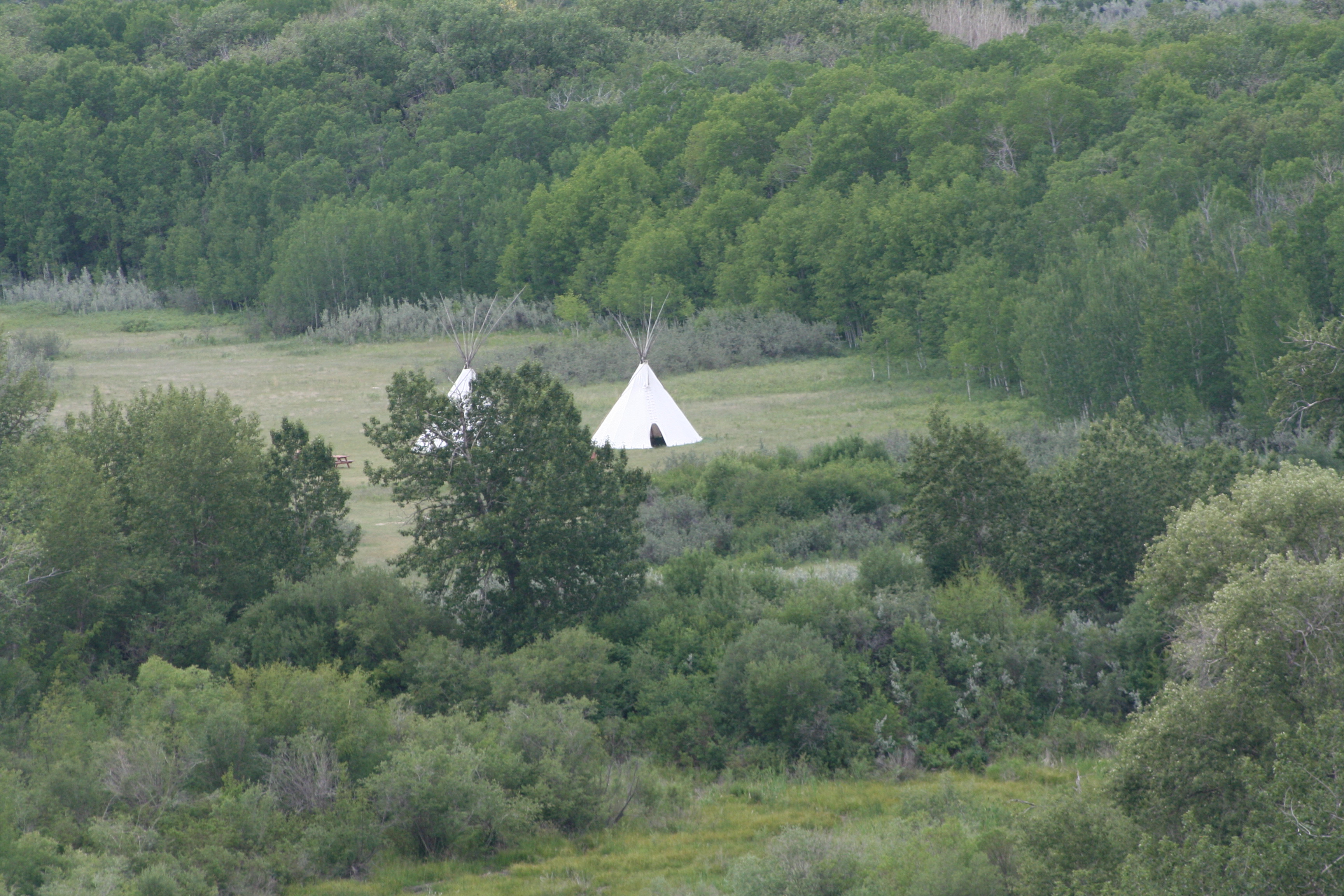 Thank you for visiting my page, CC BY 2.0, Wikimedia Commons
Thank you for visiting my page, CC BY 2.0, Wikimedia Commons

